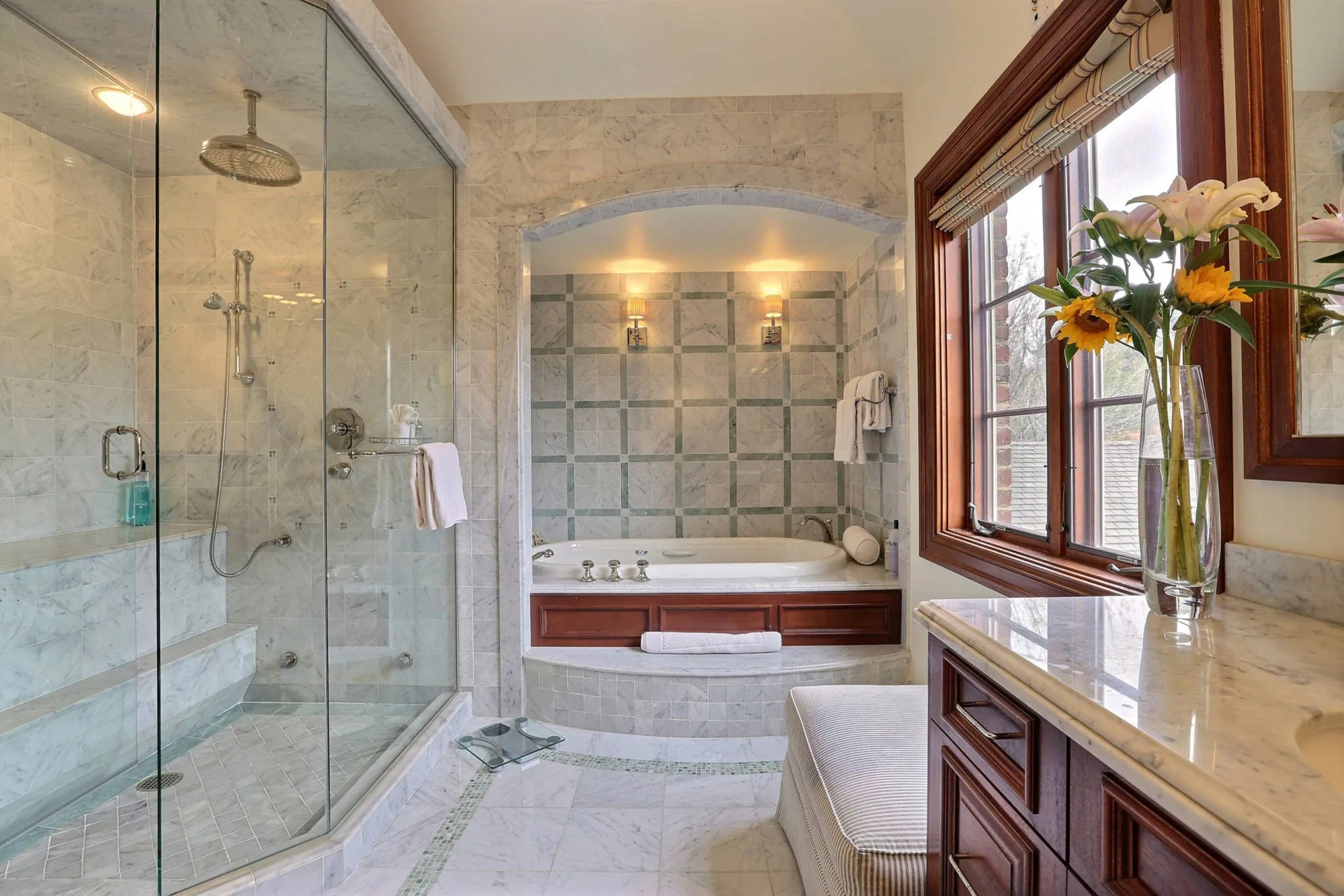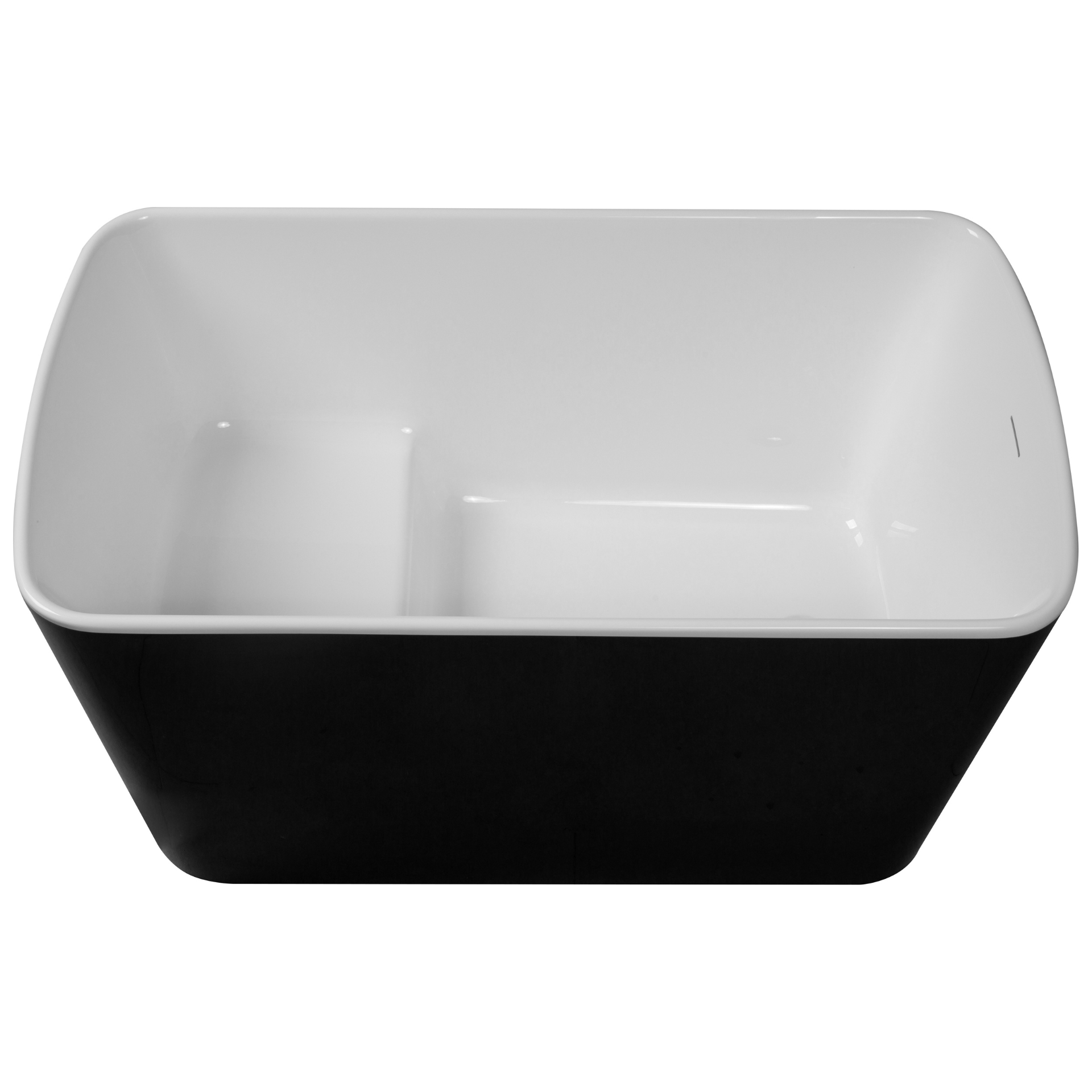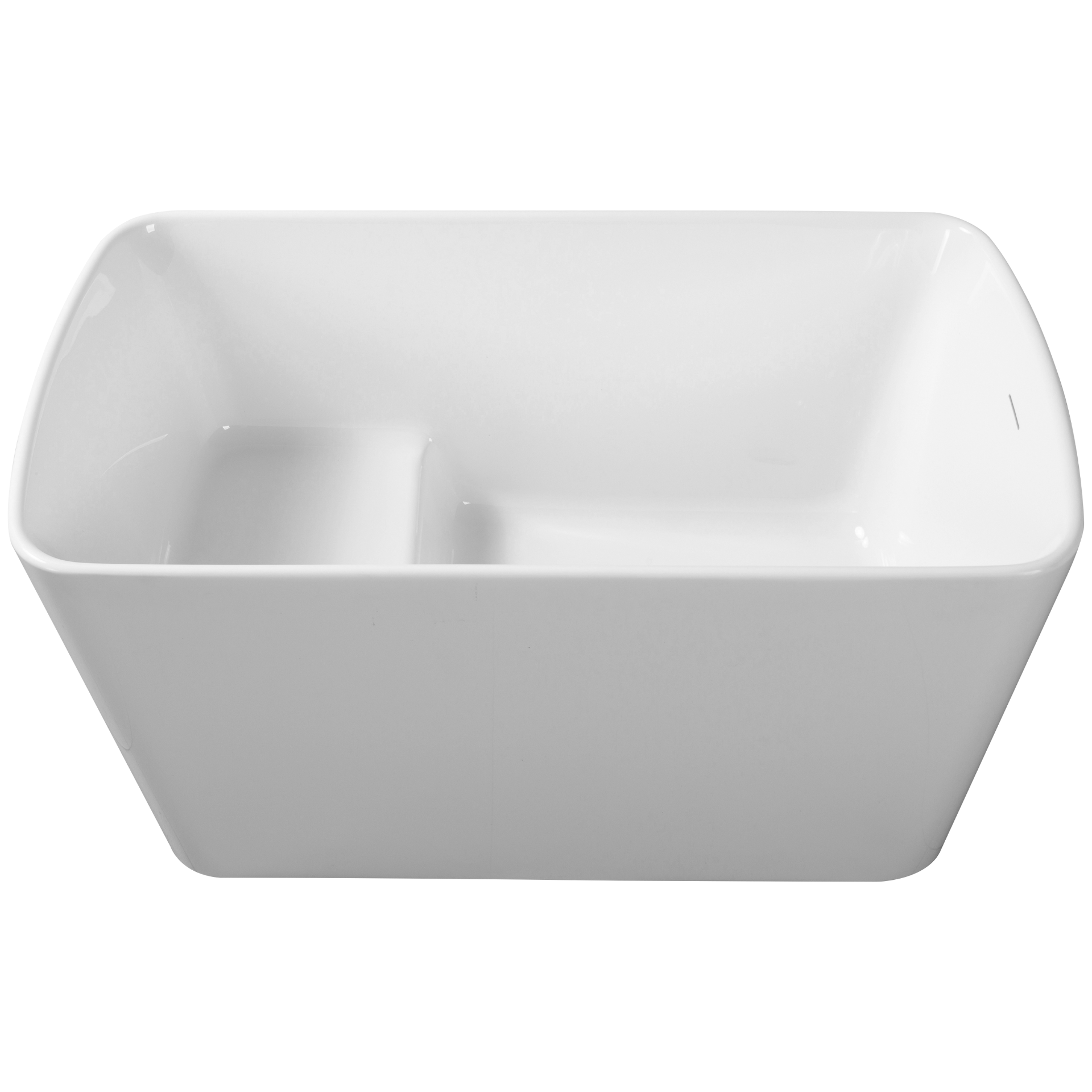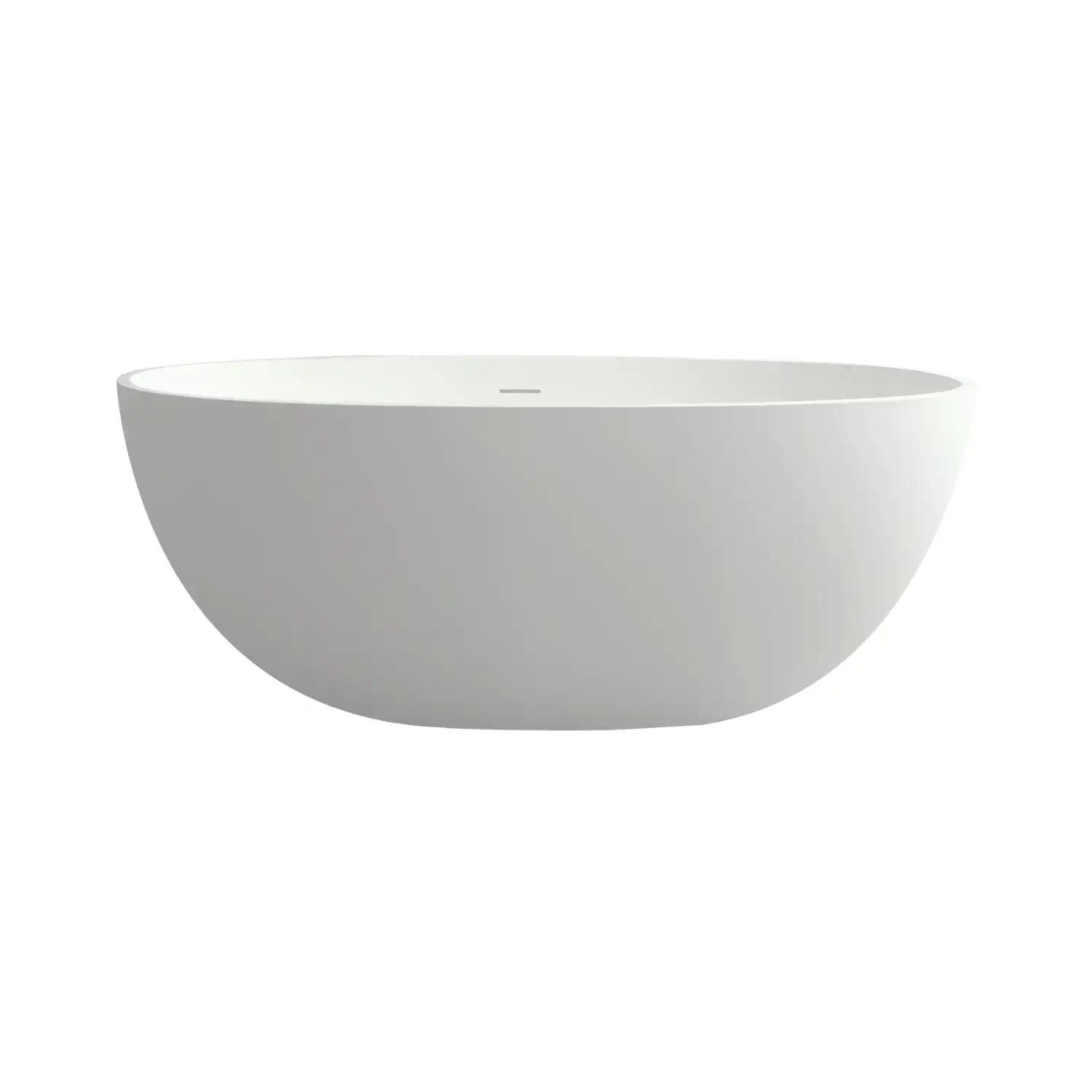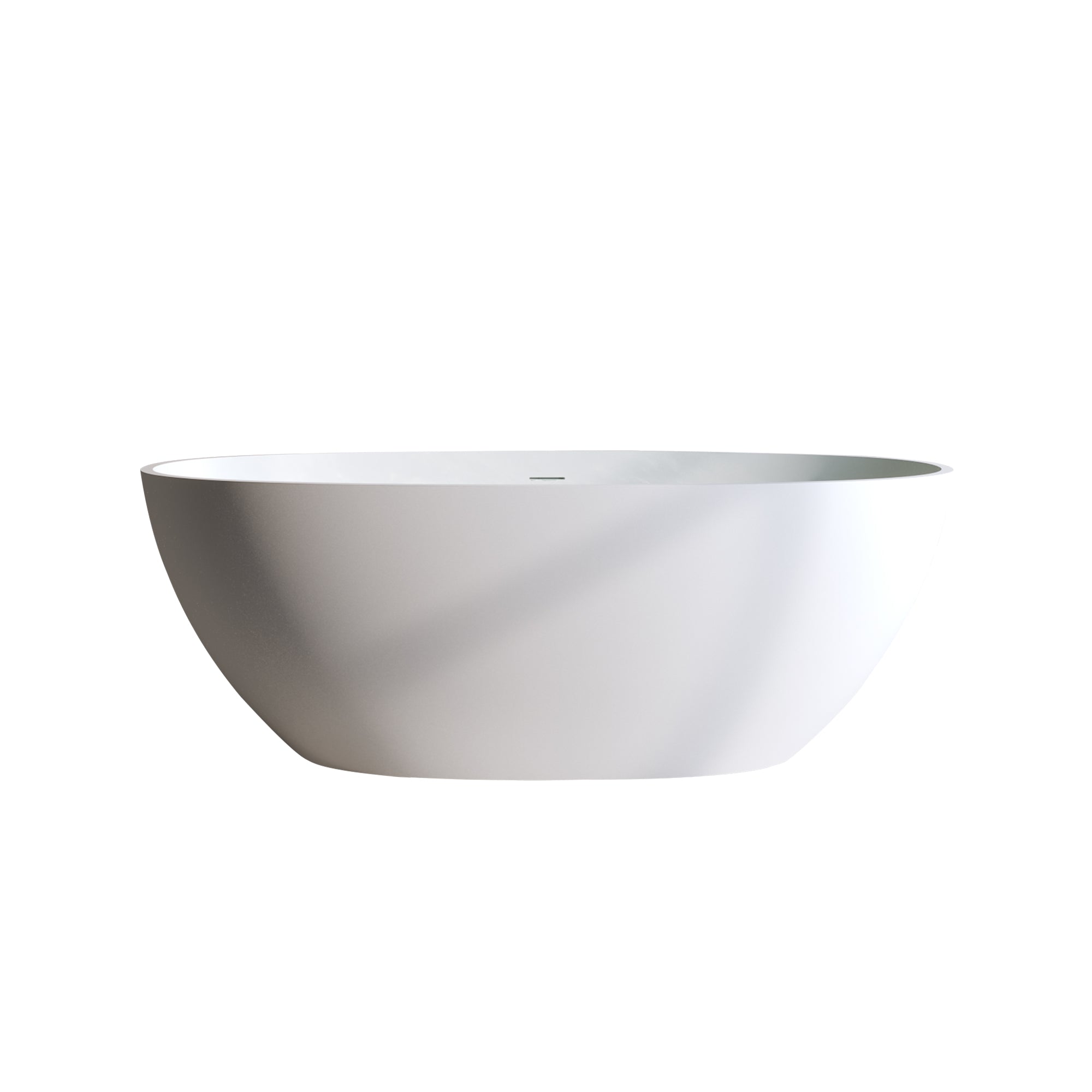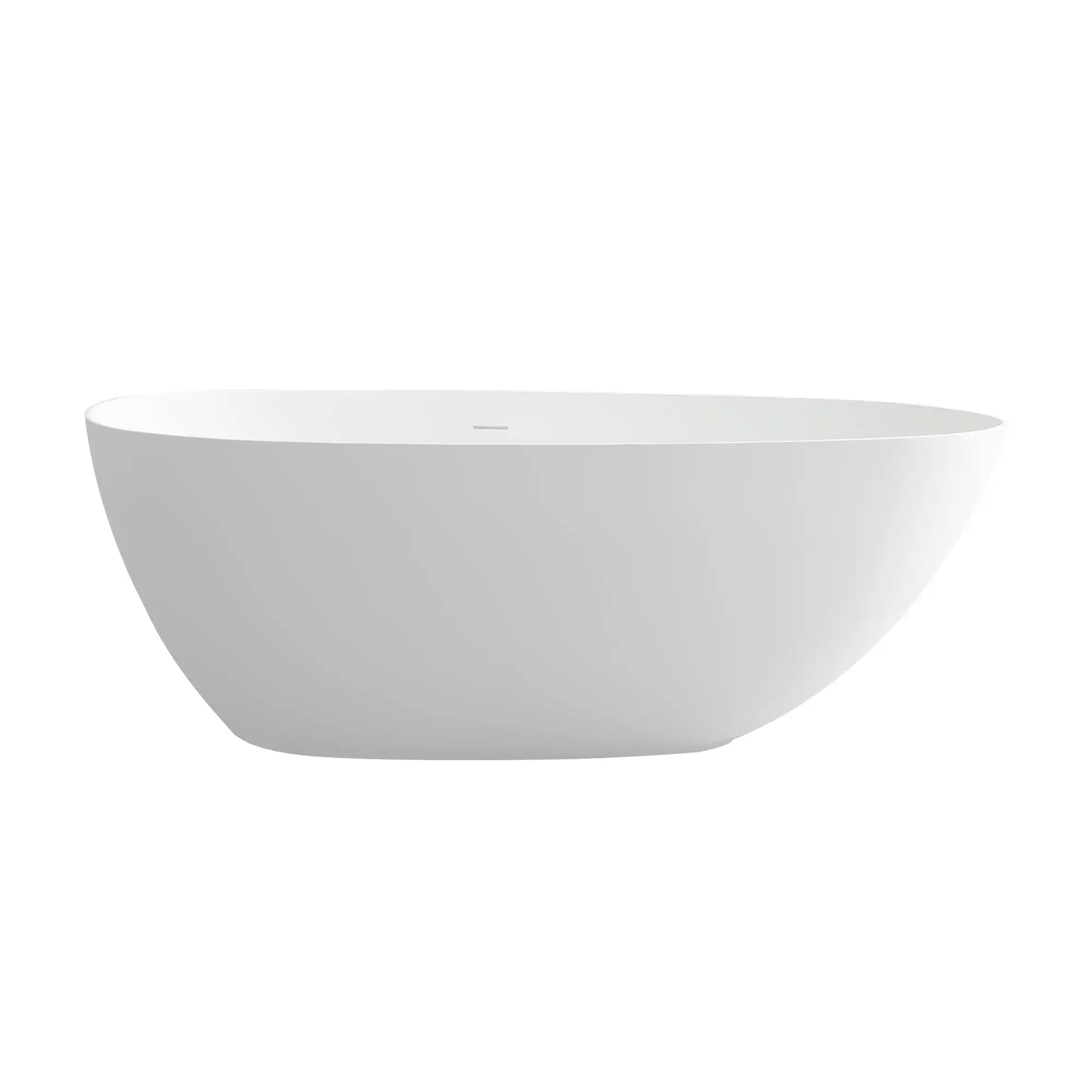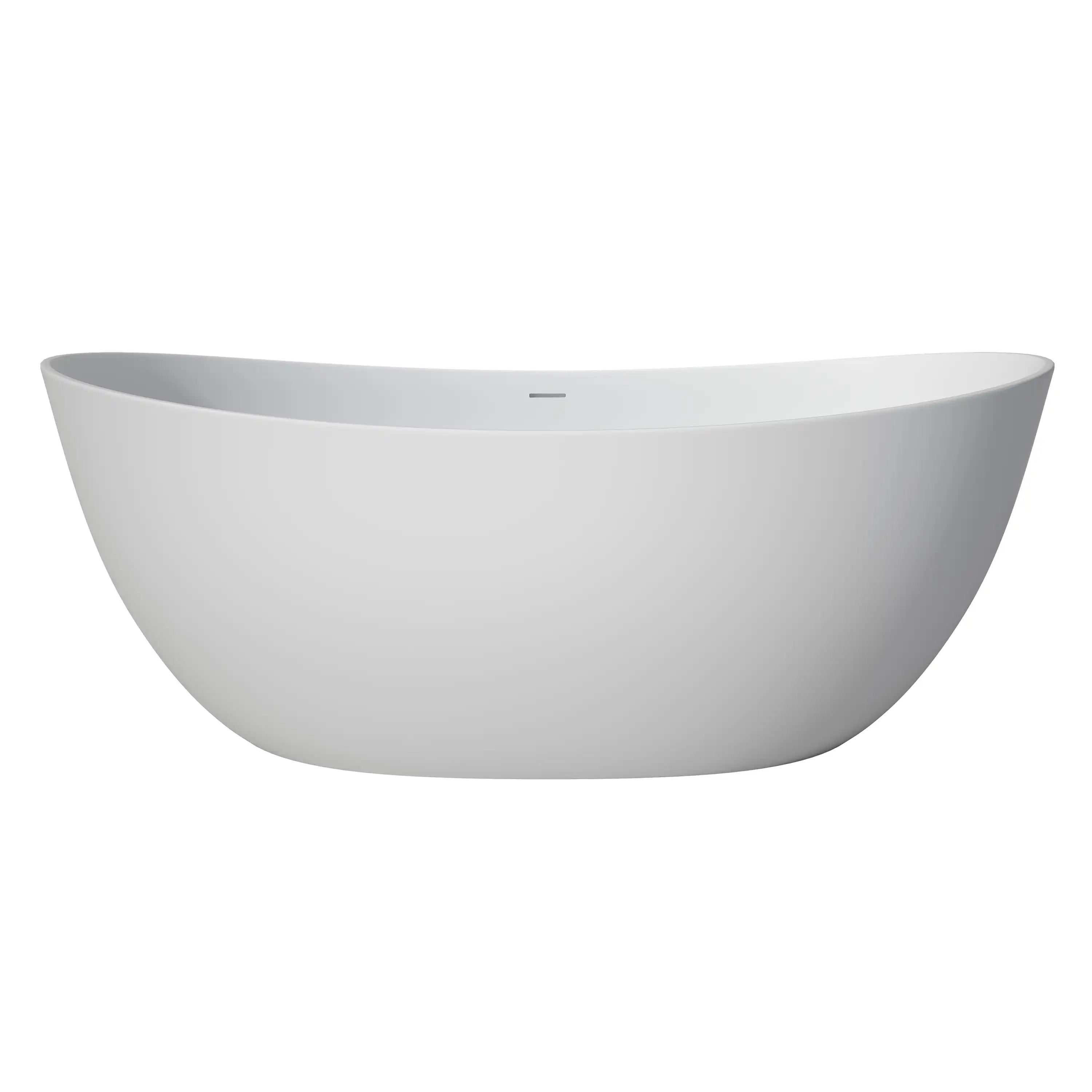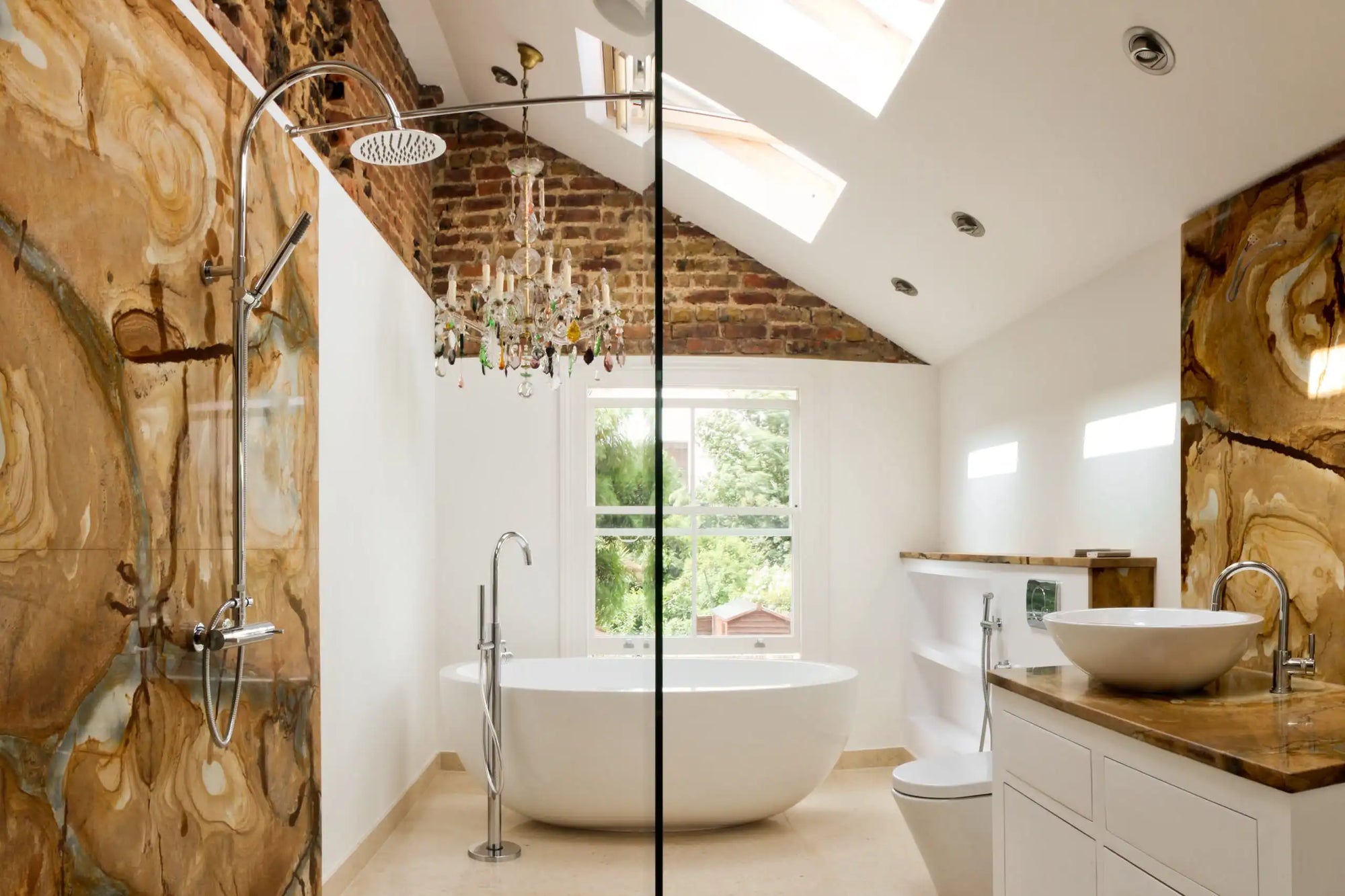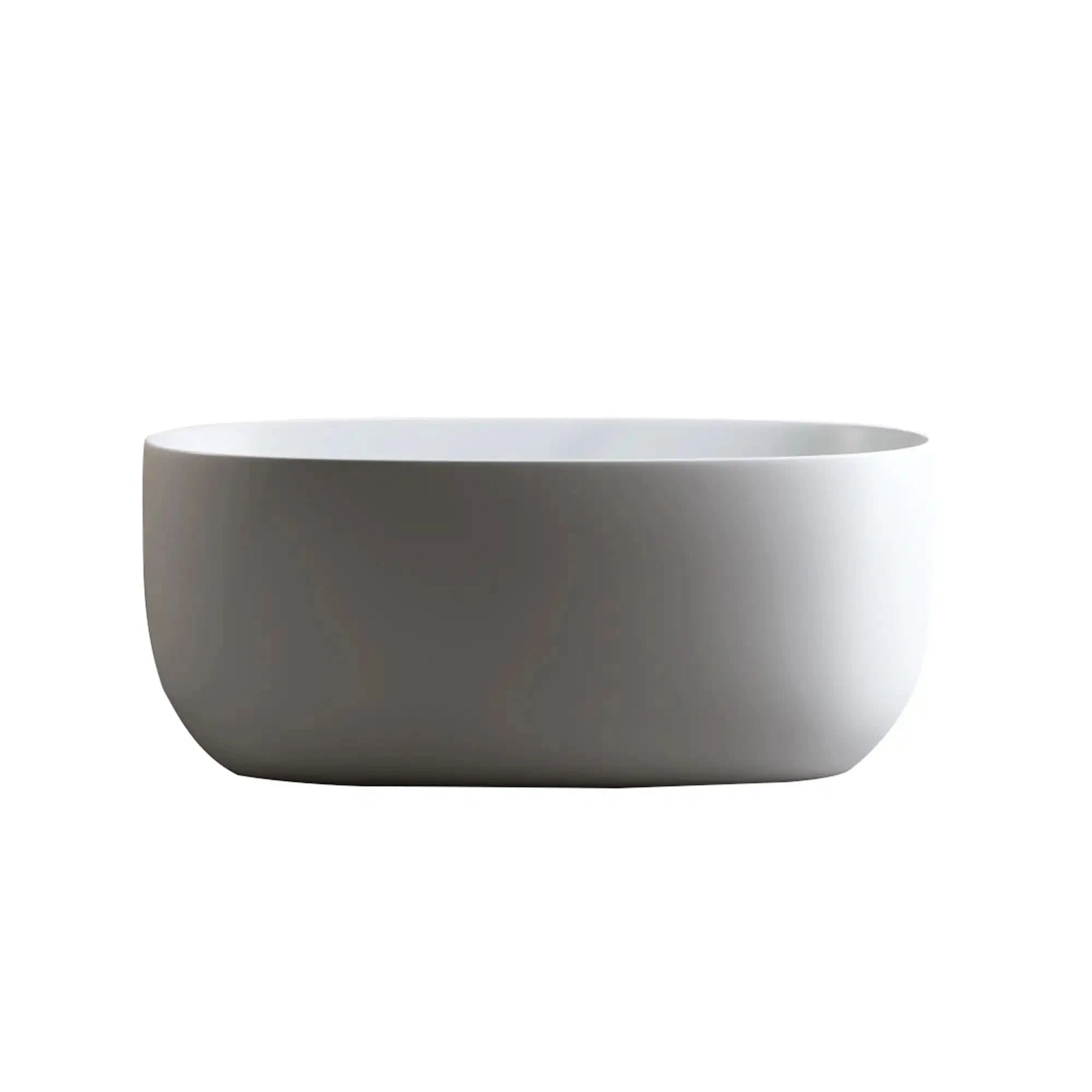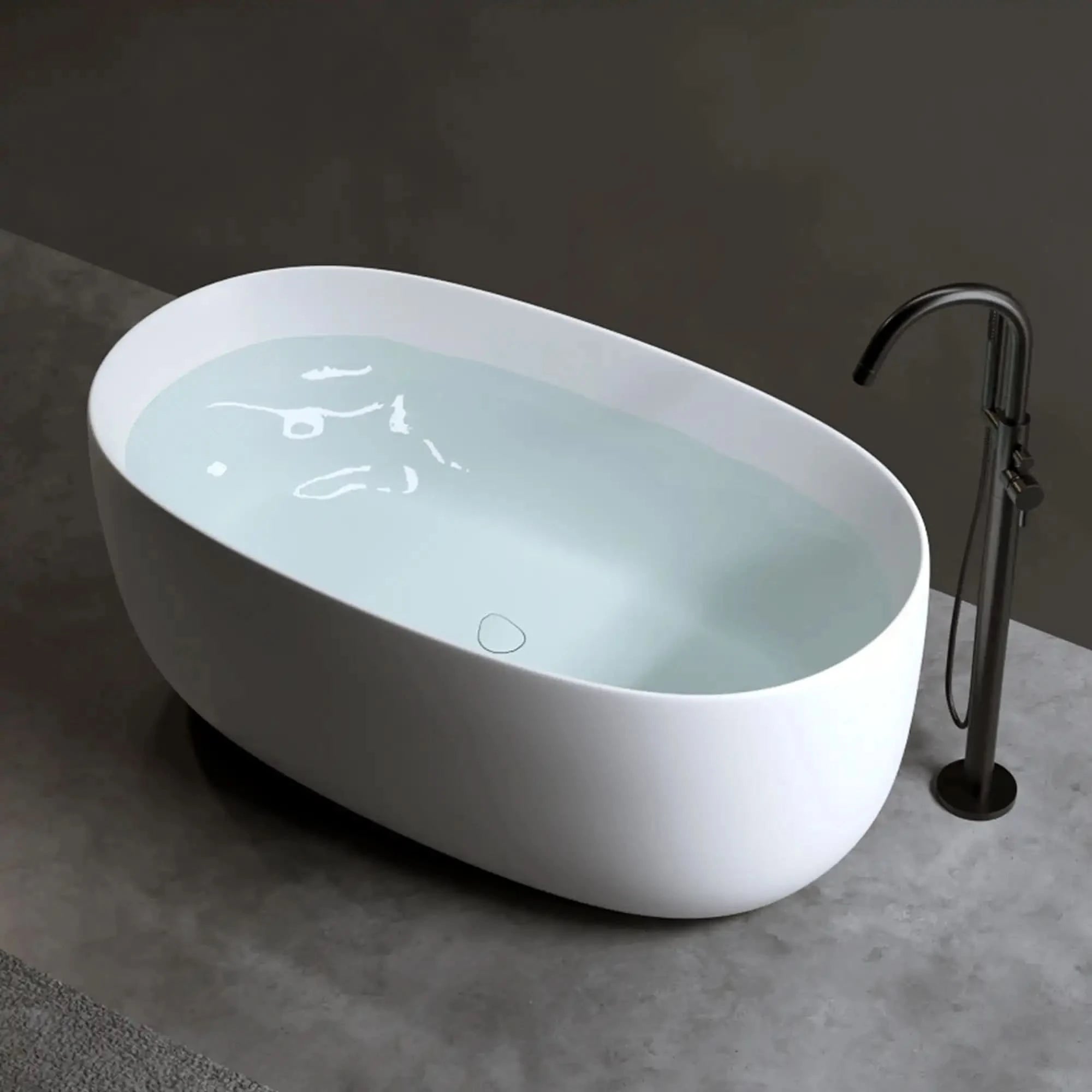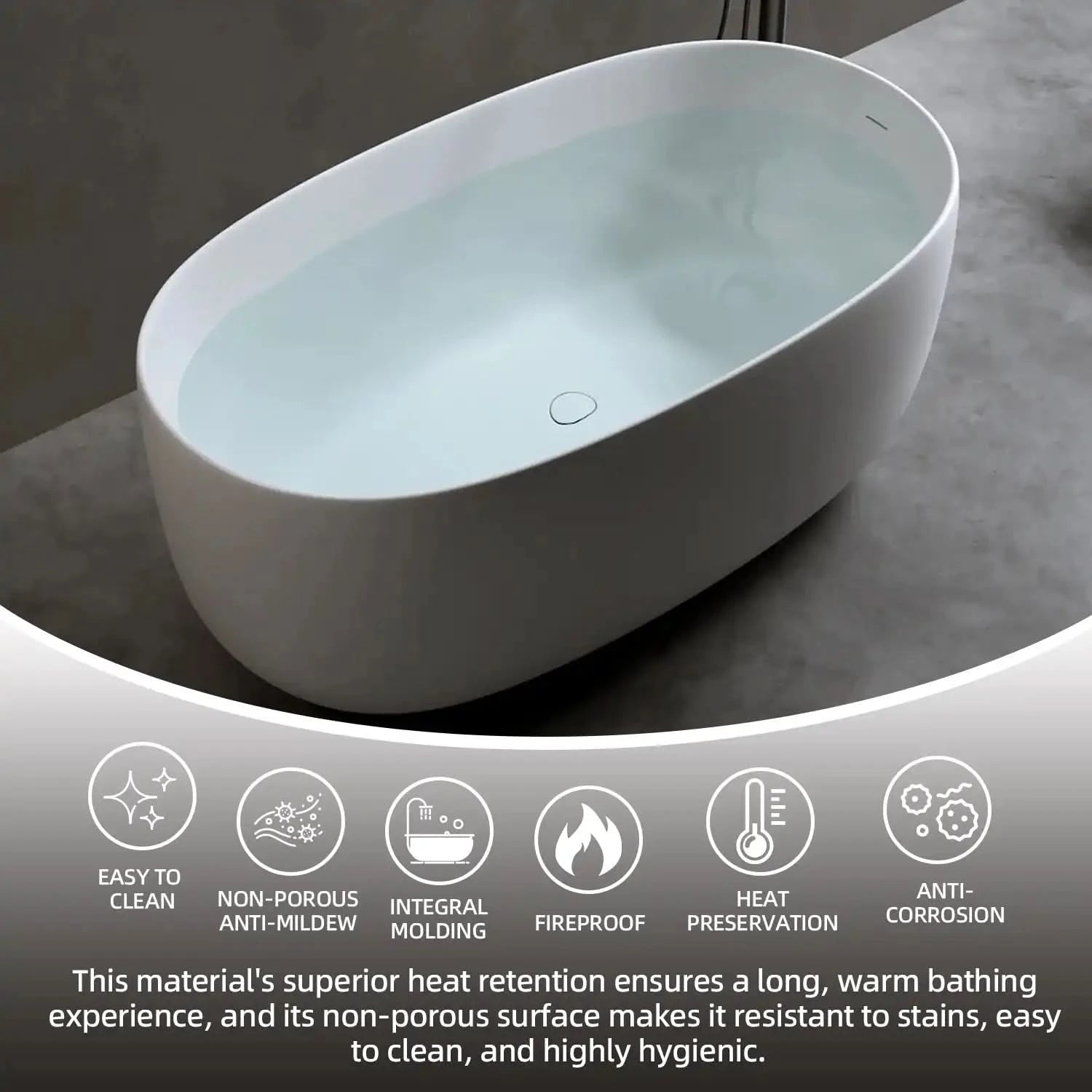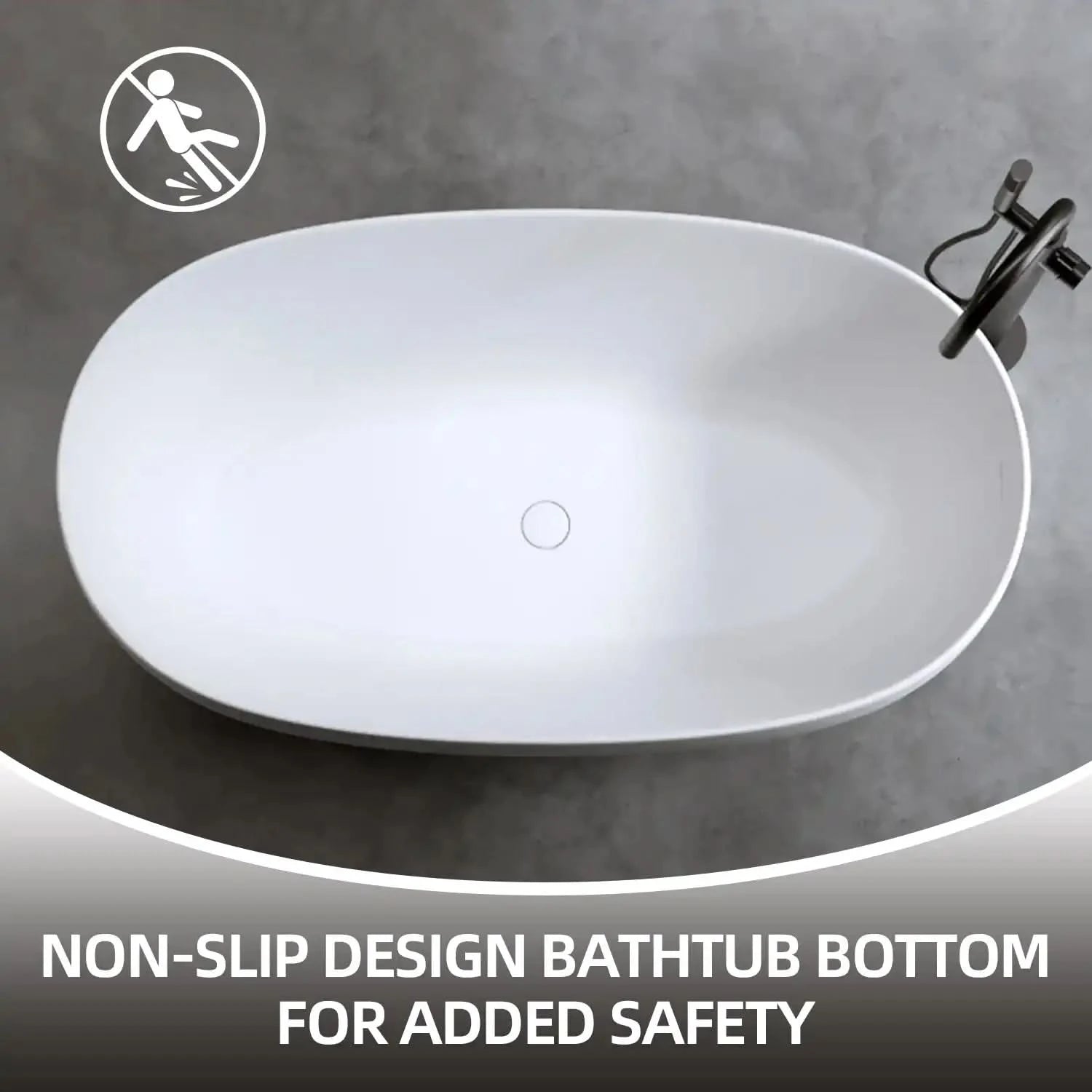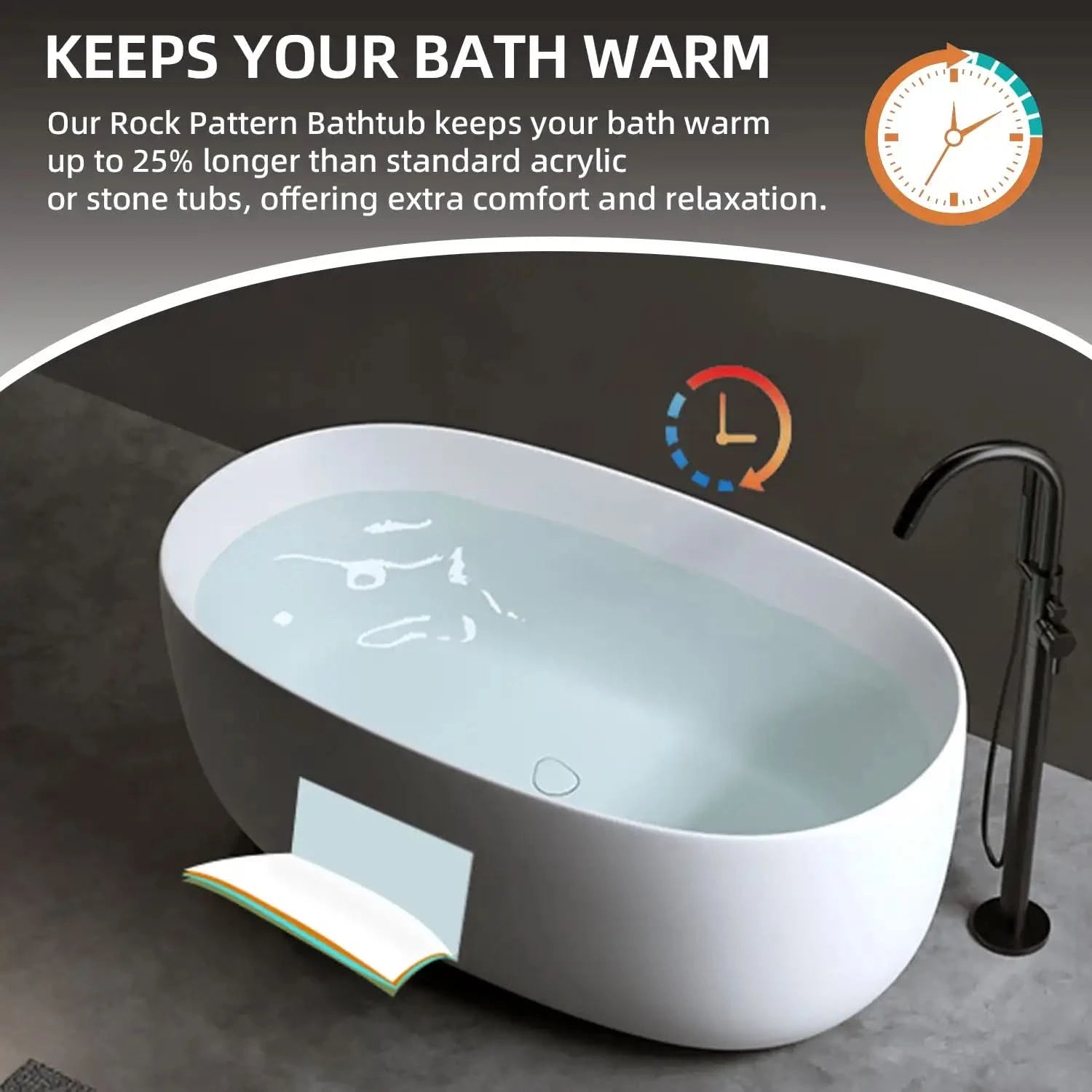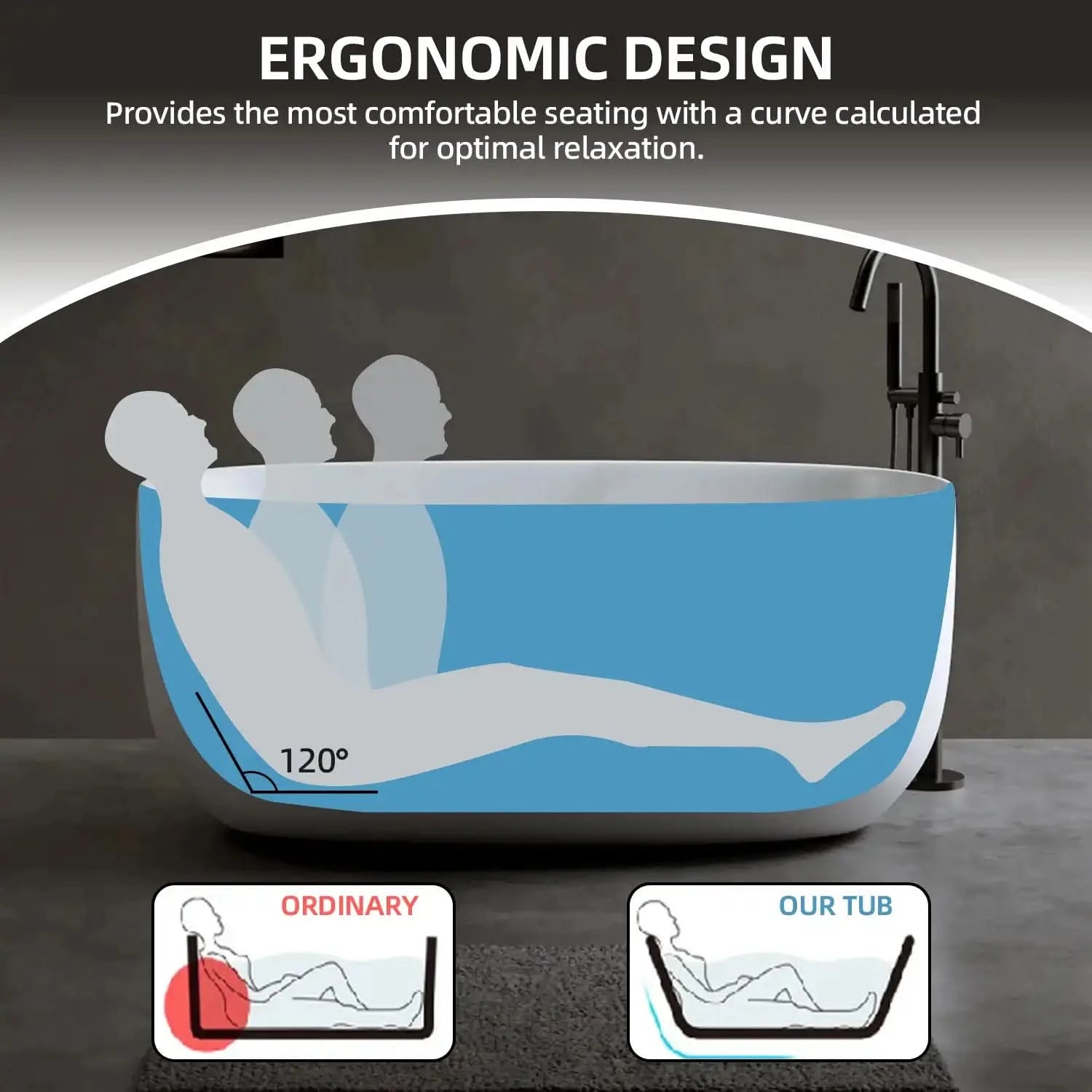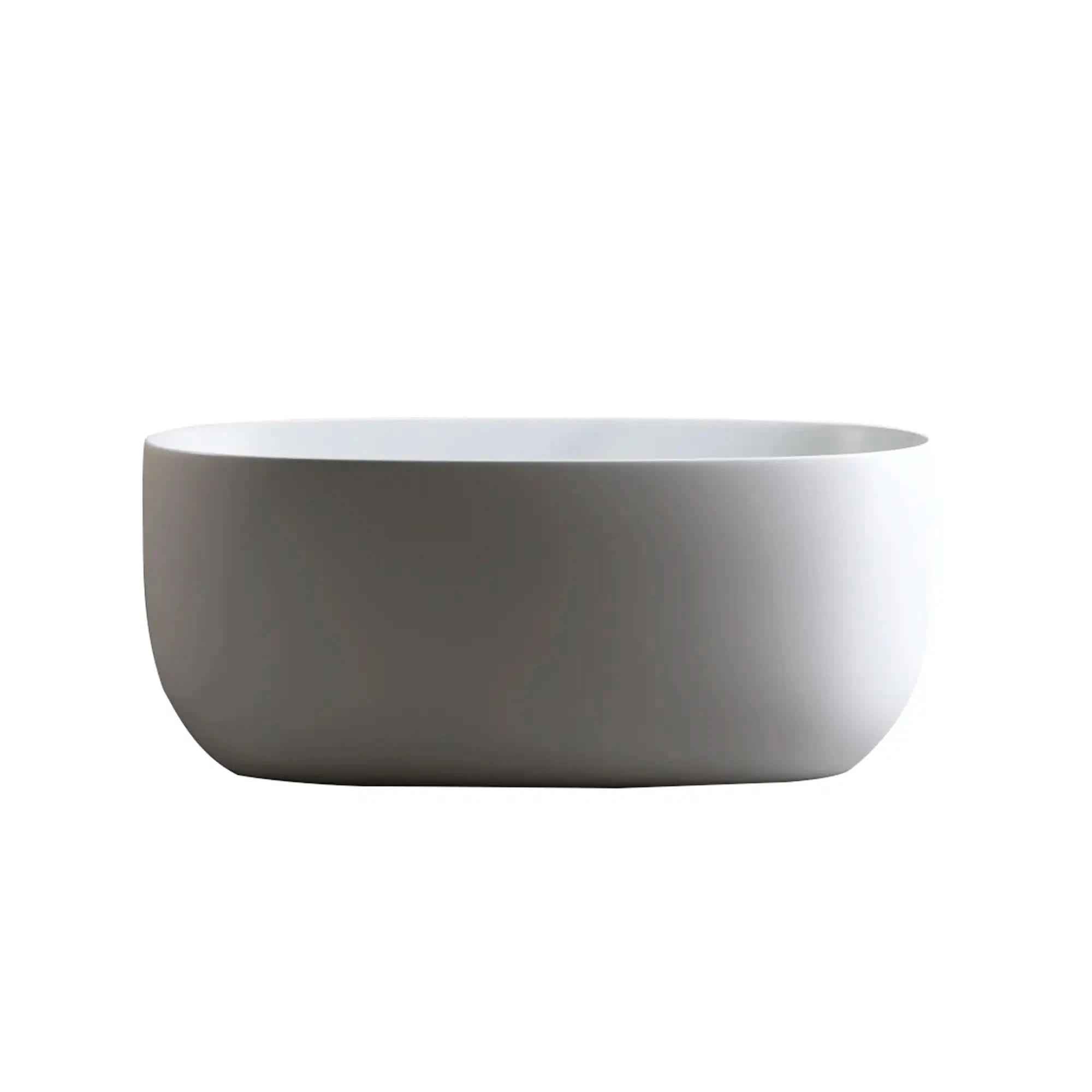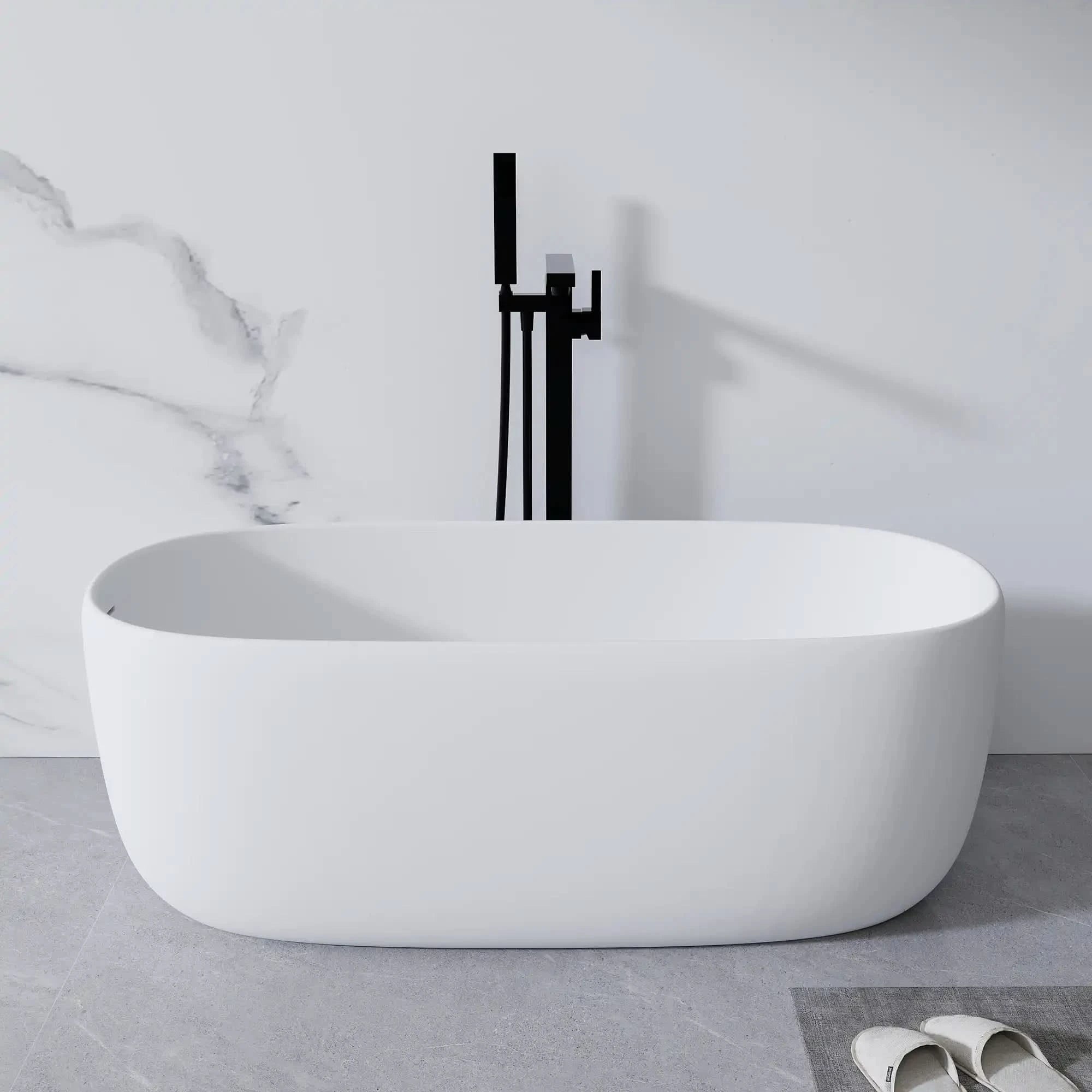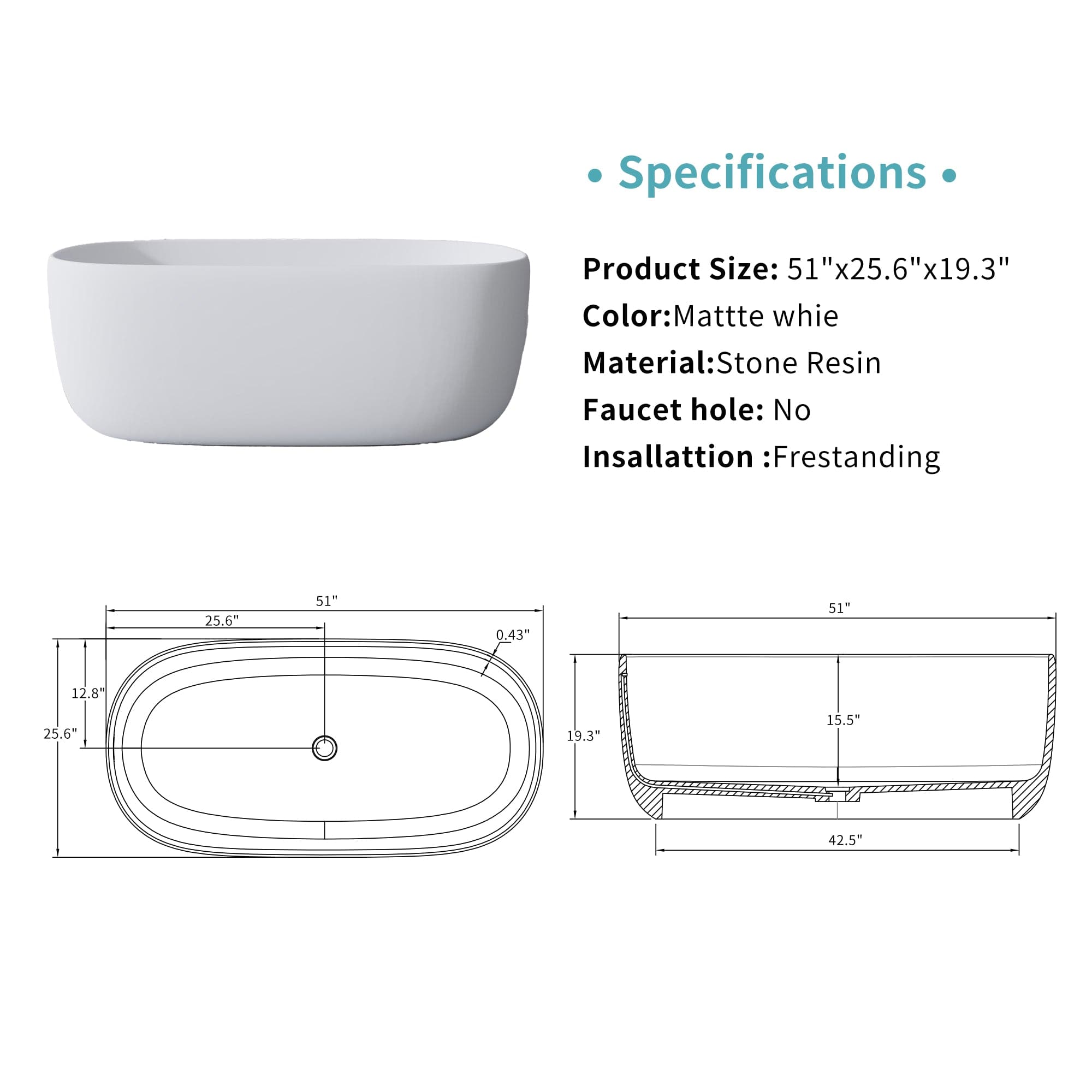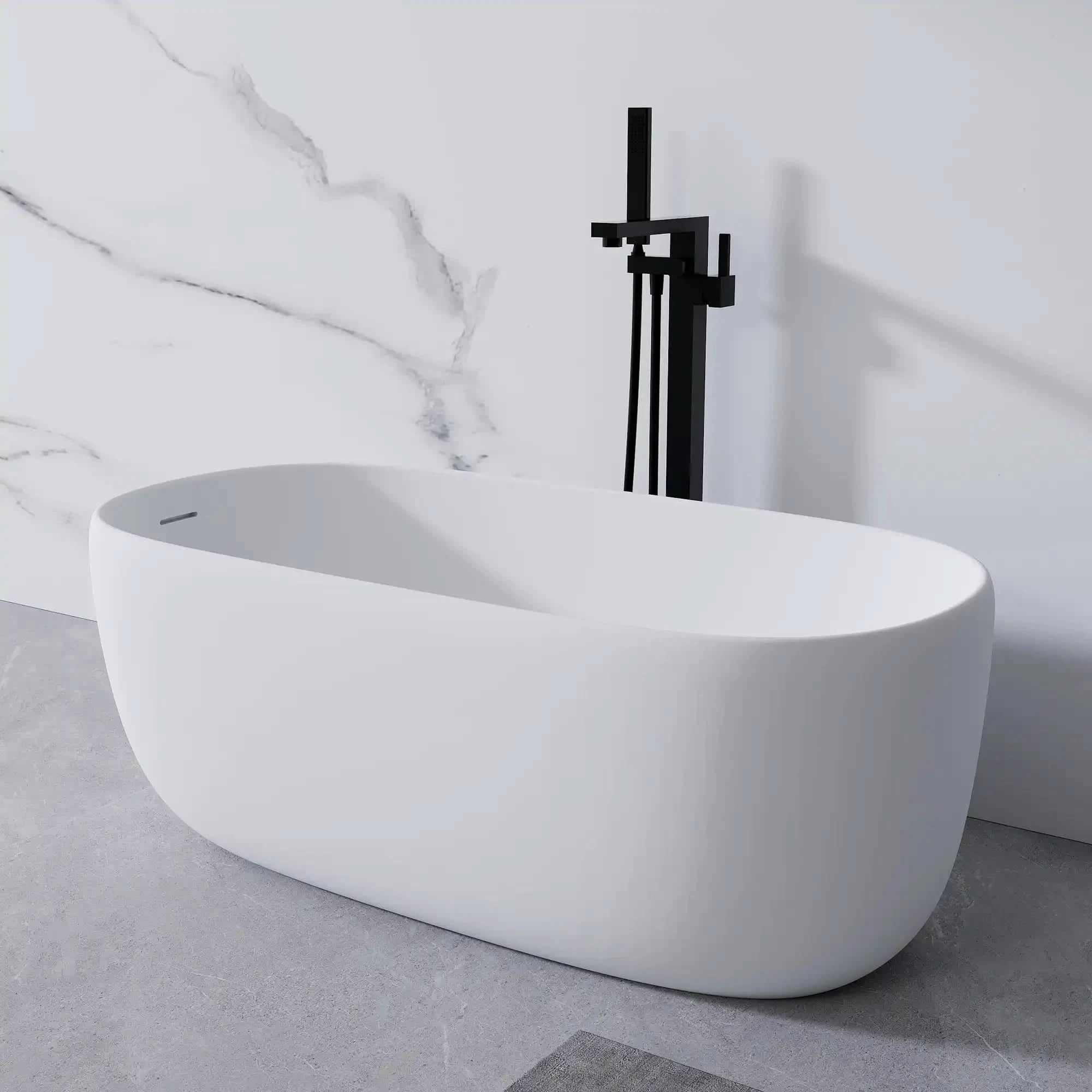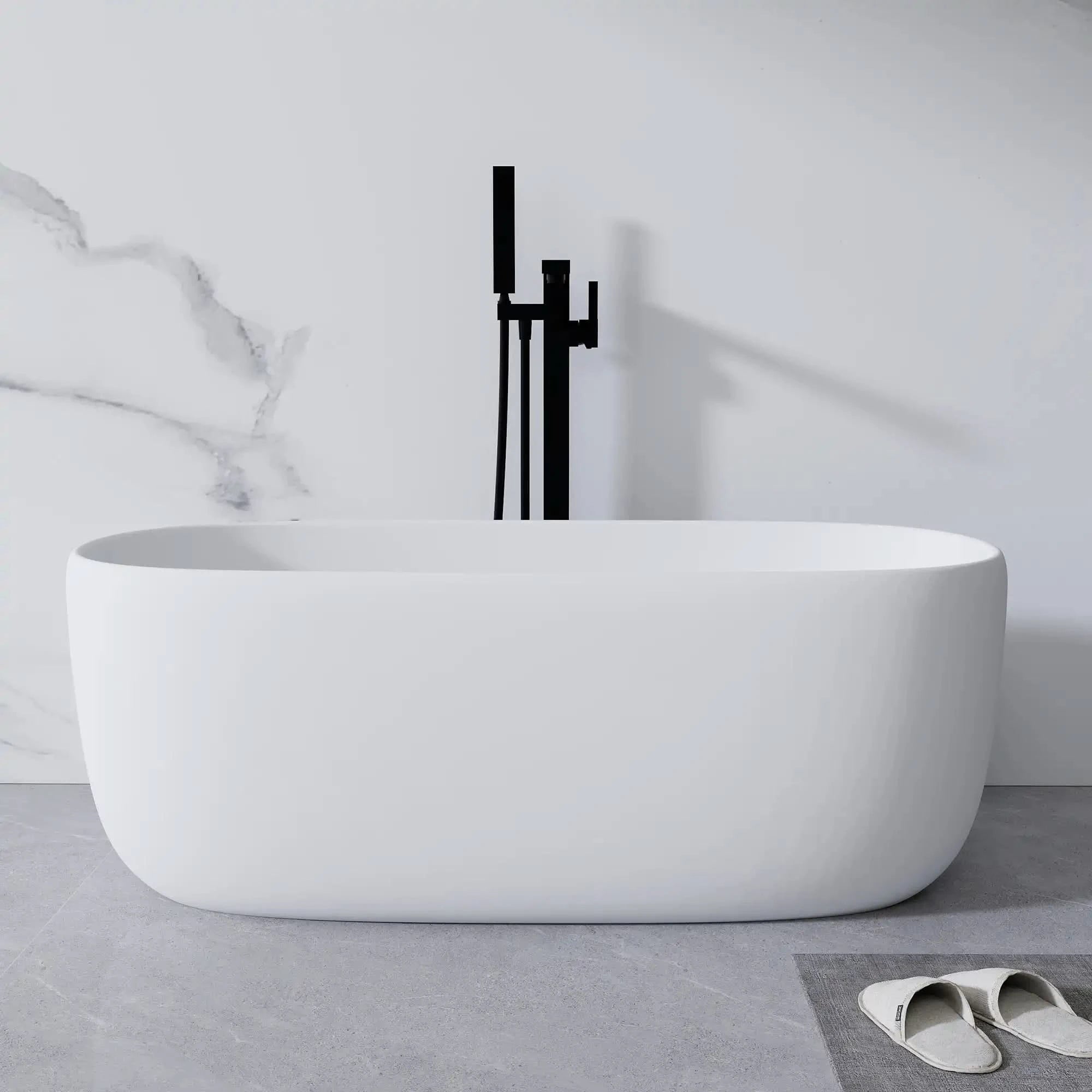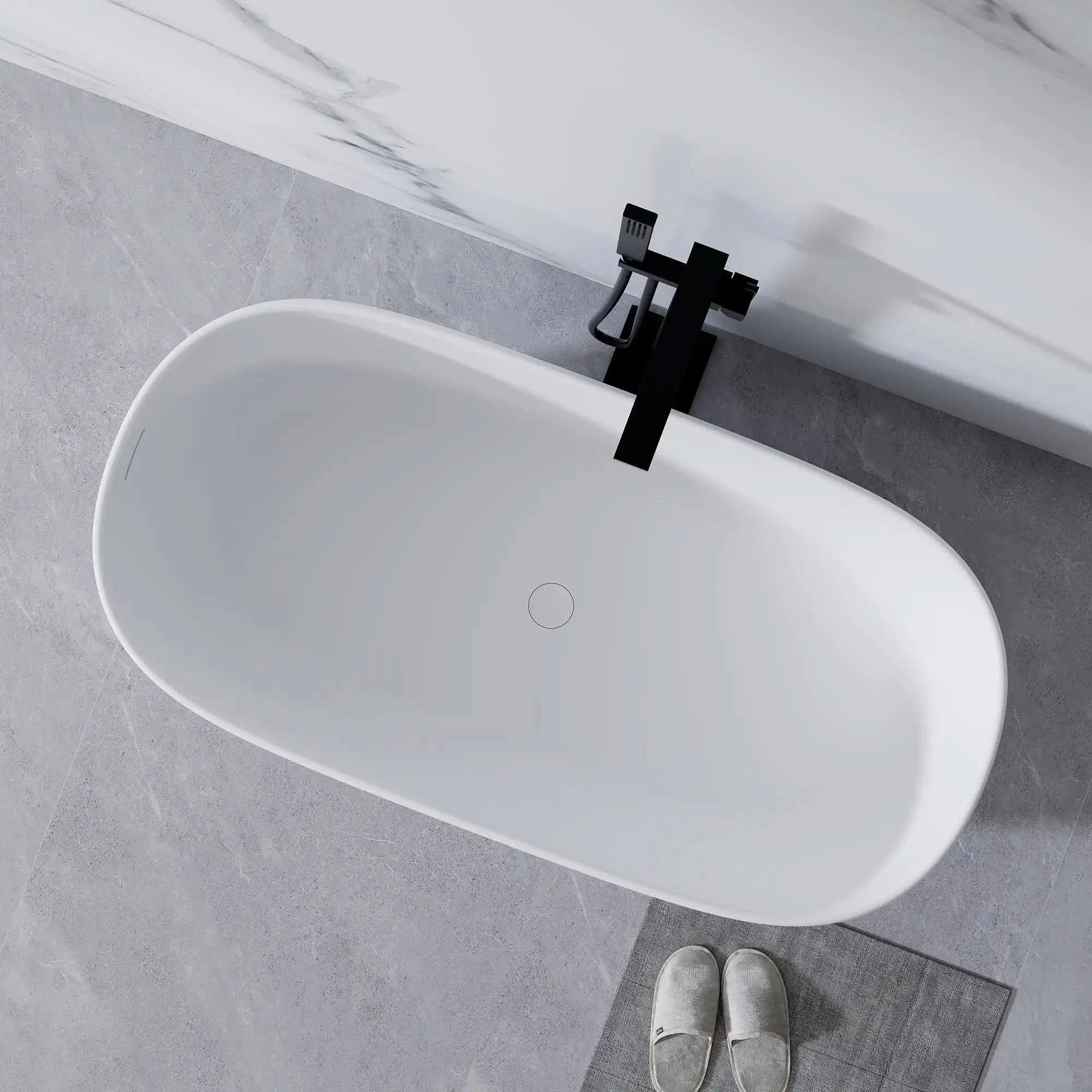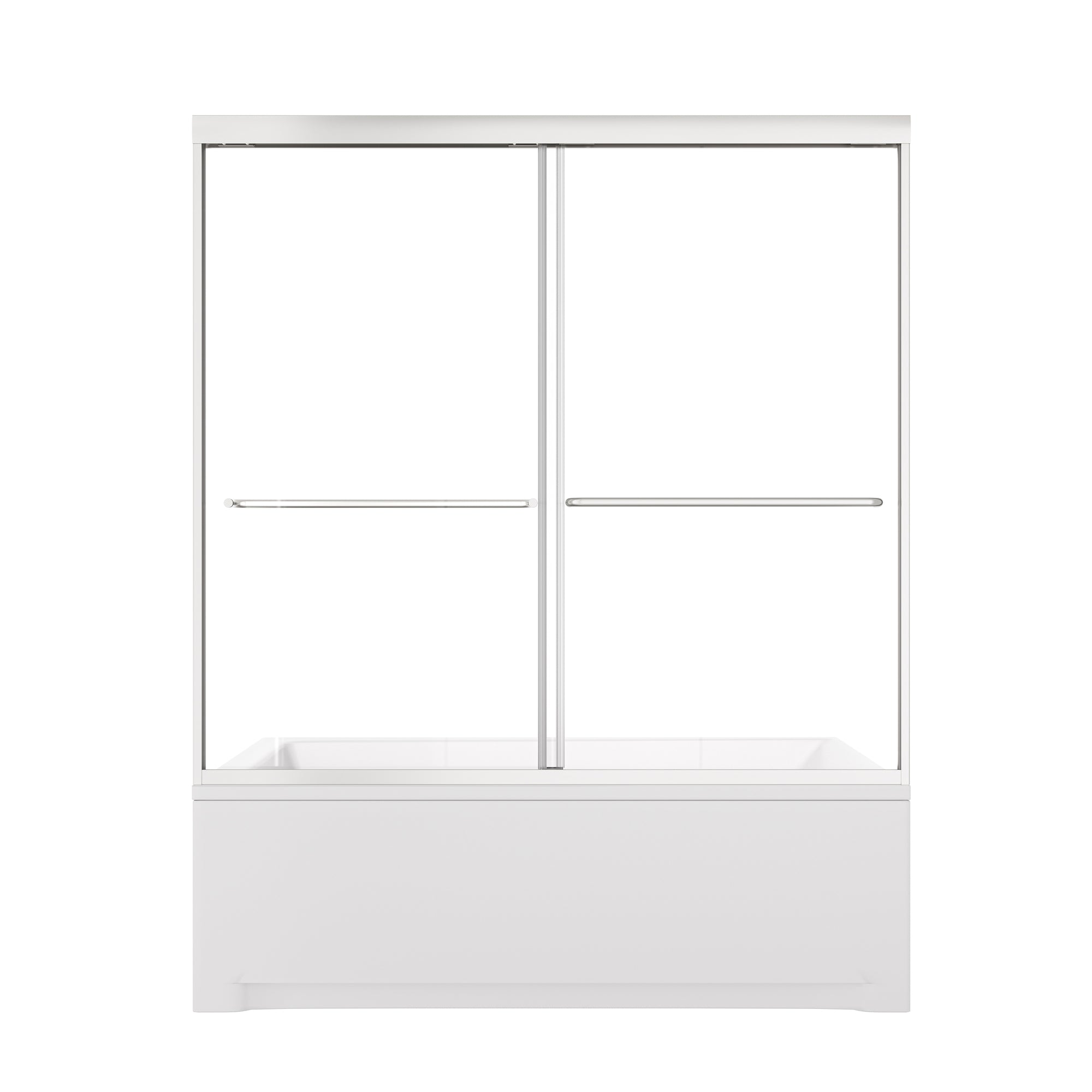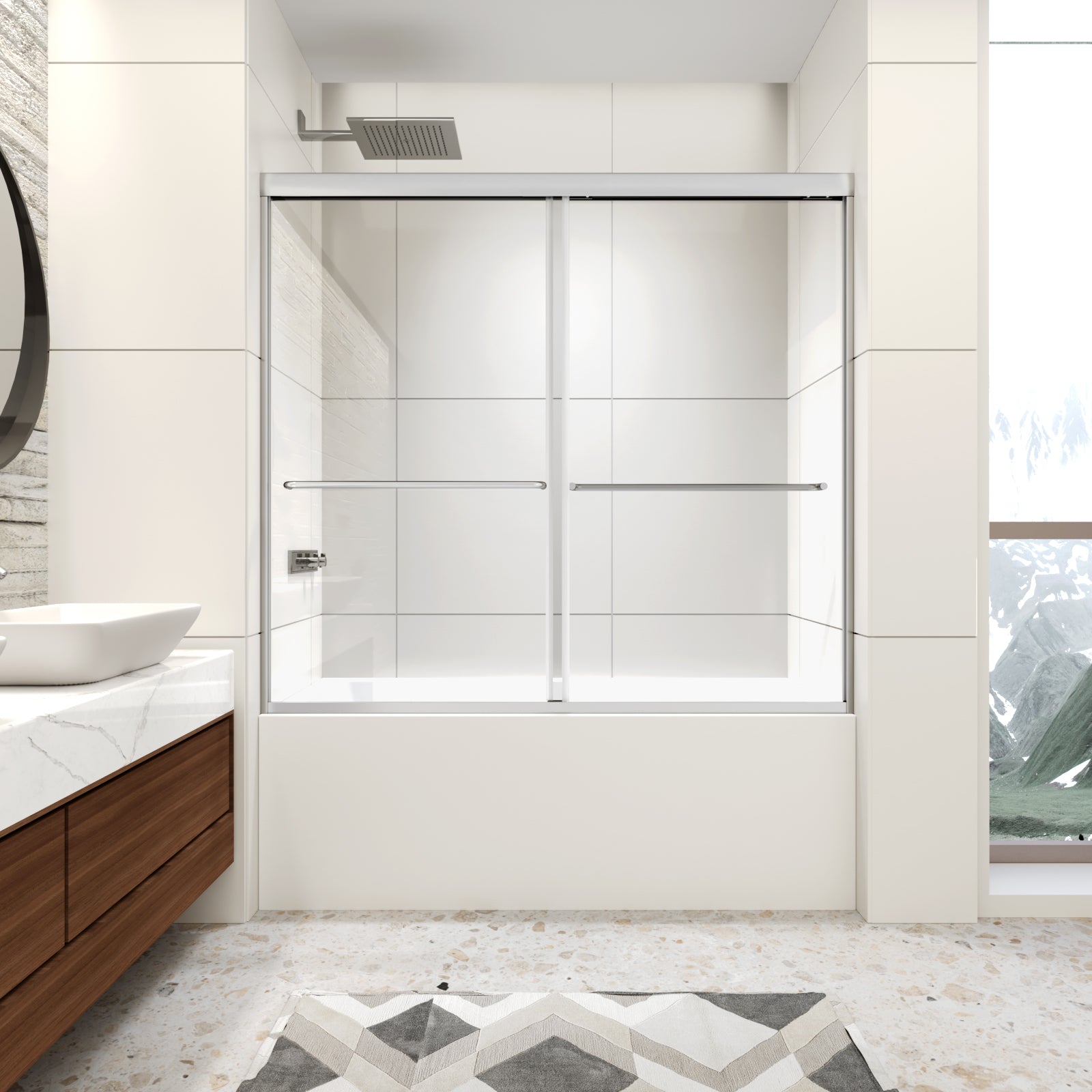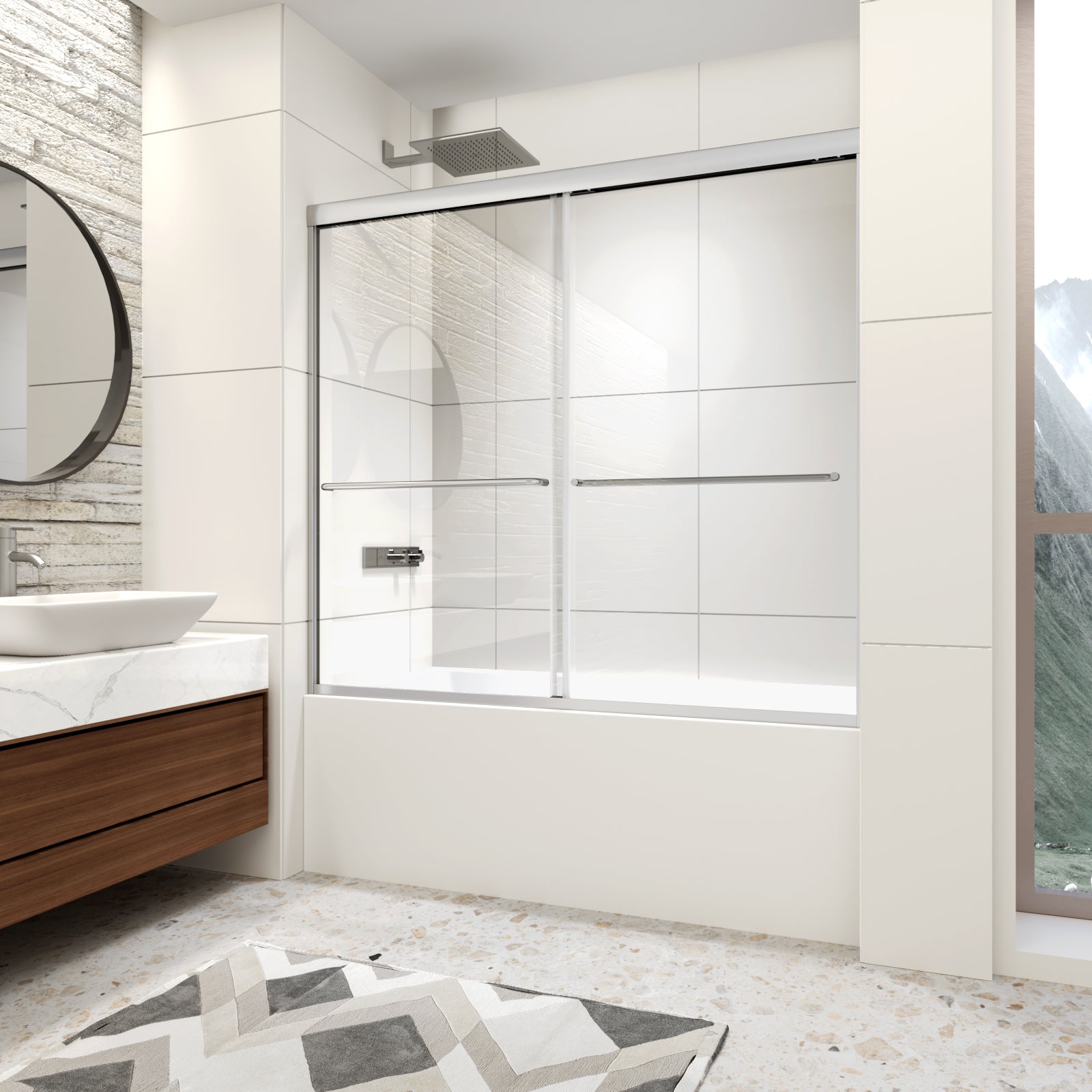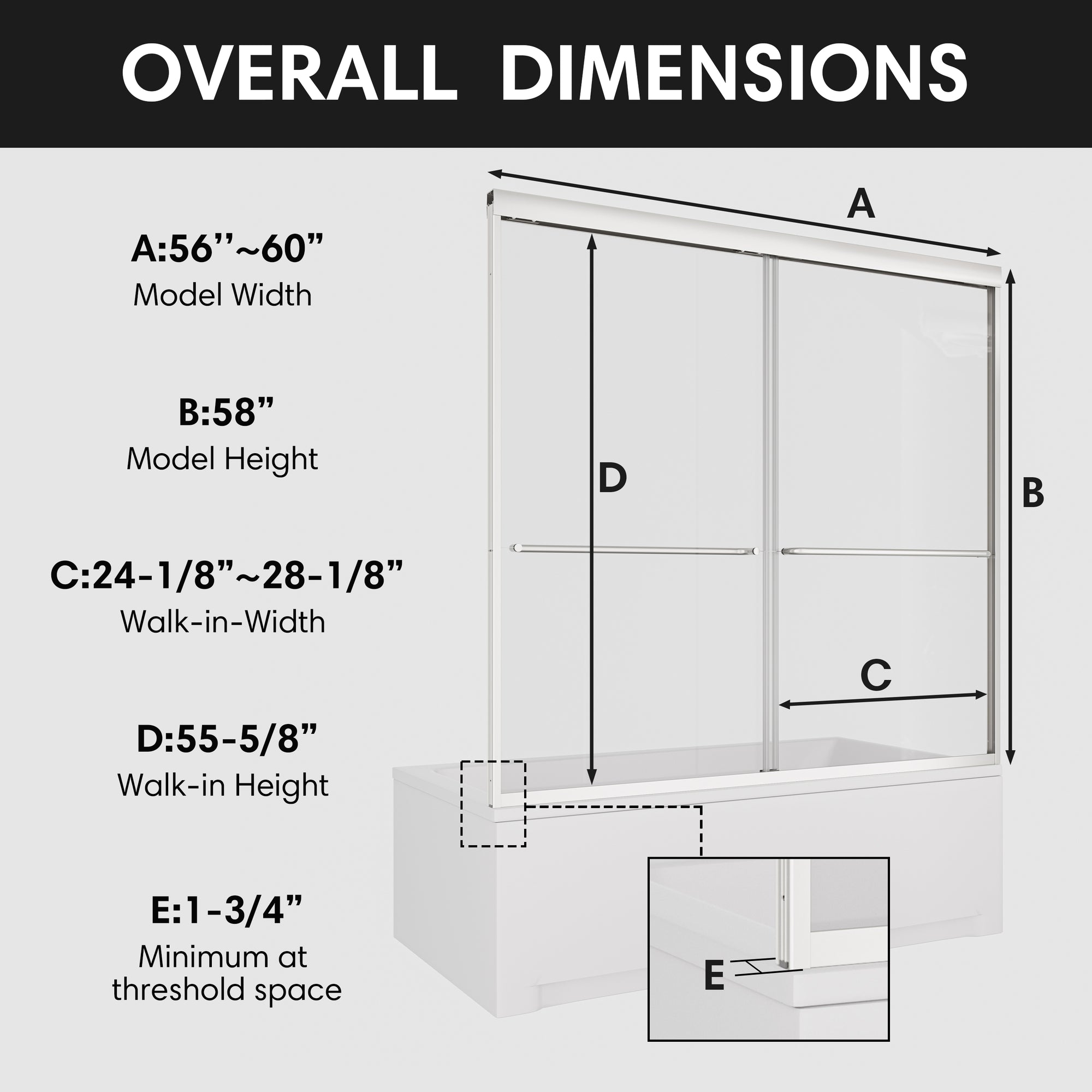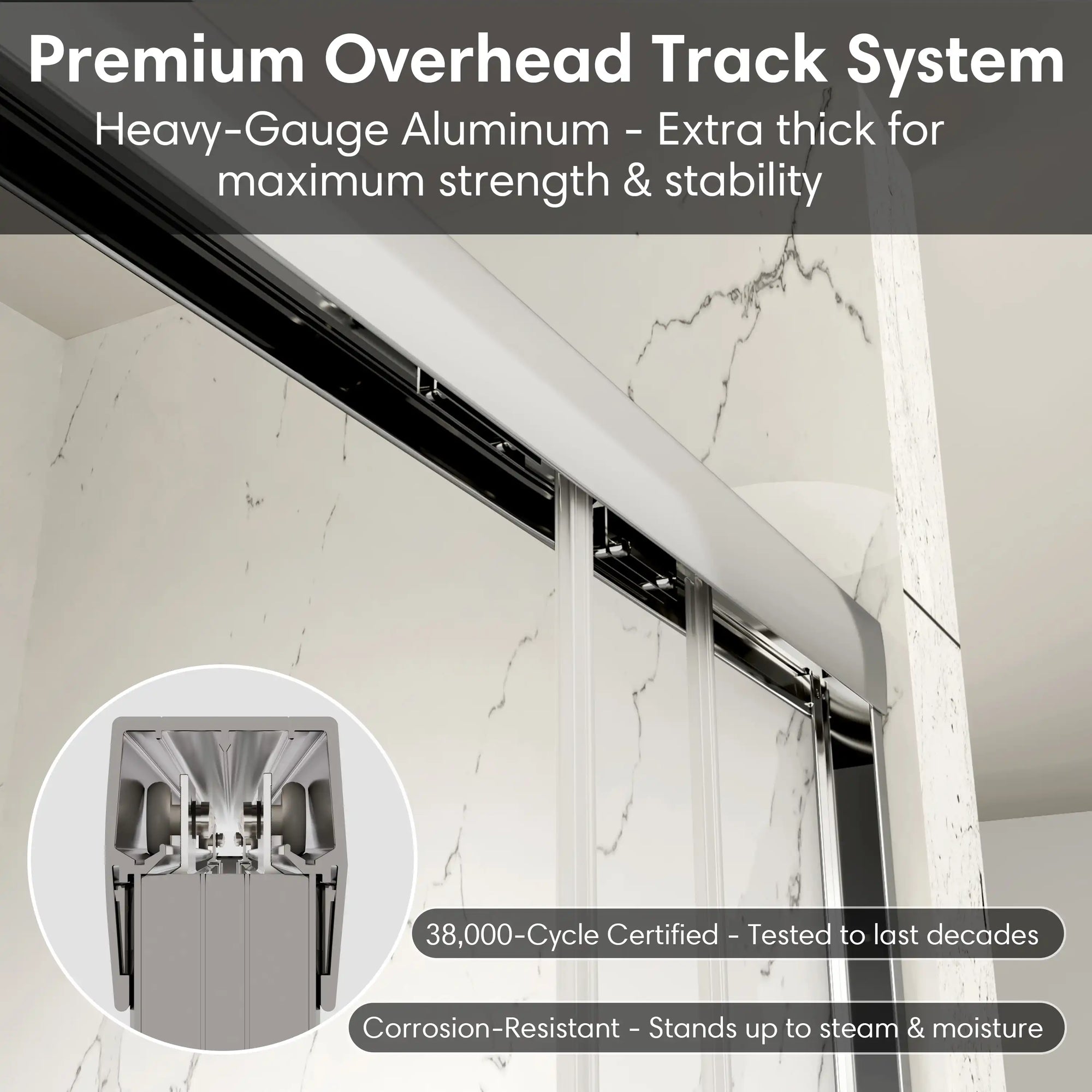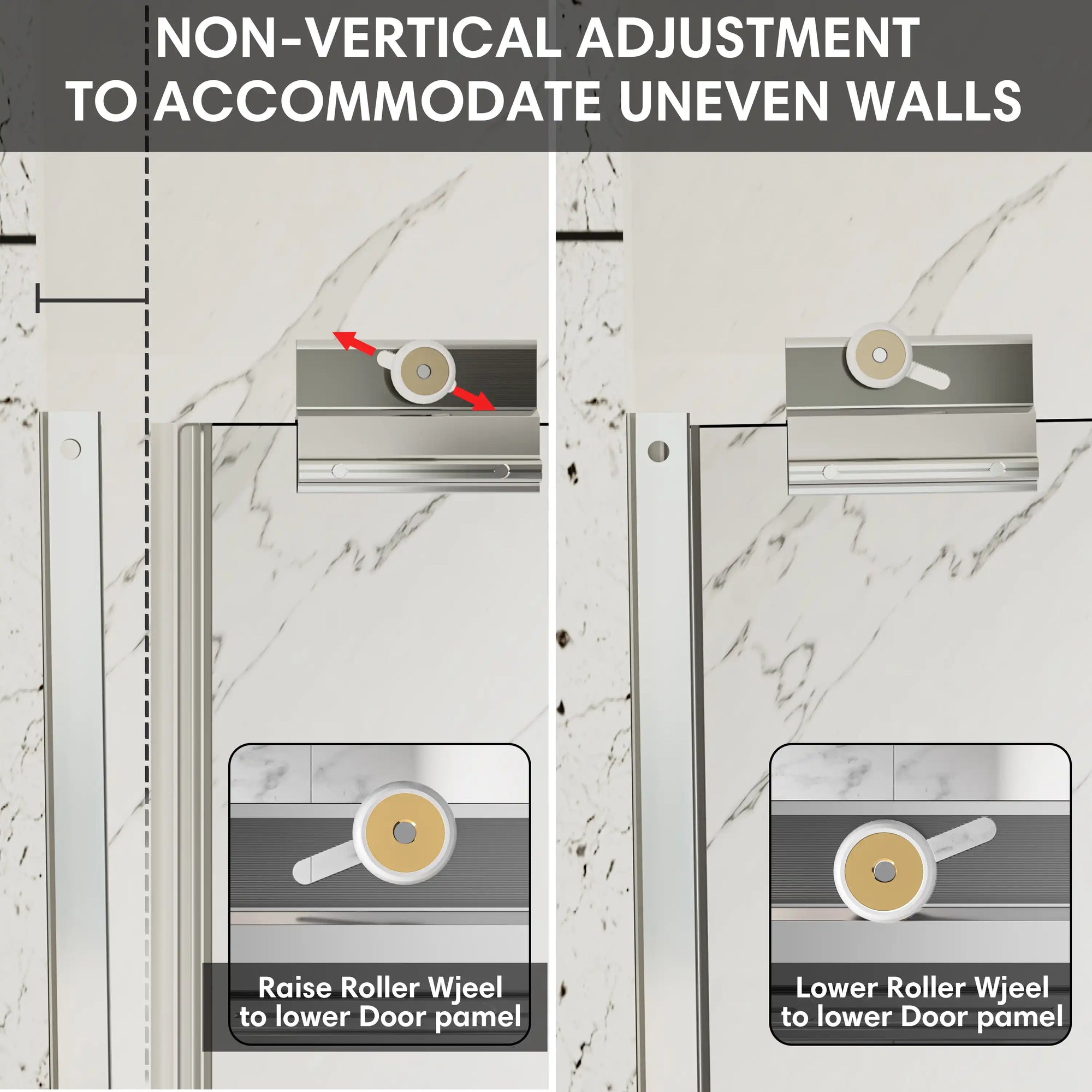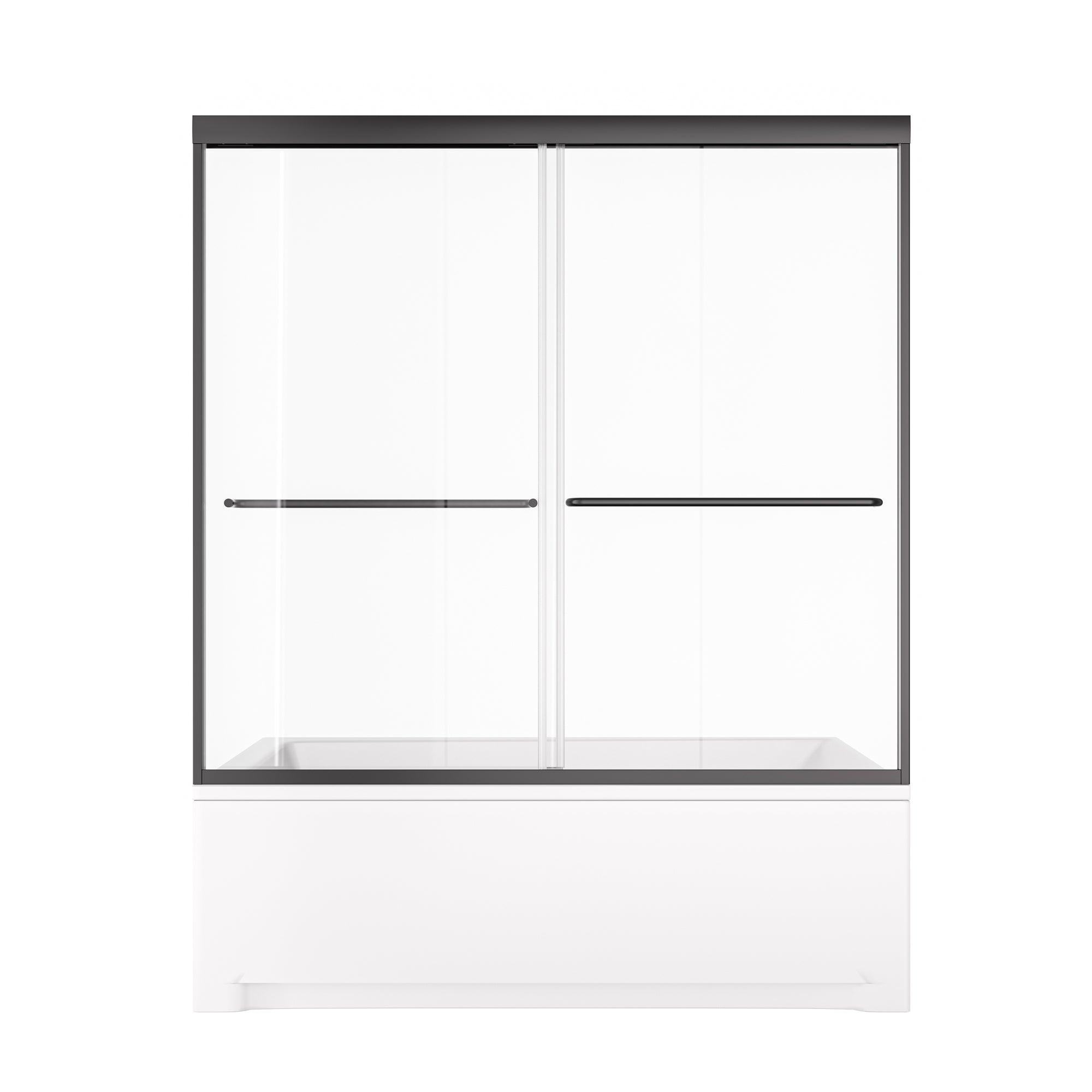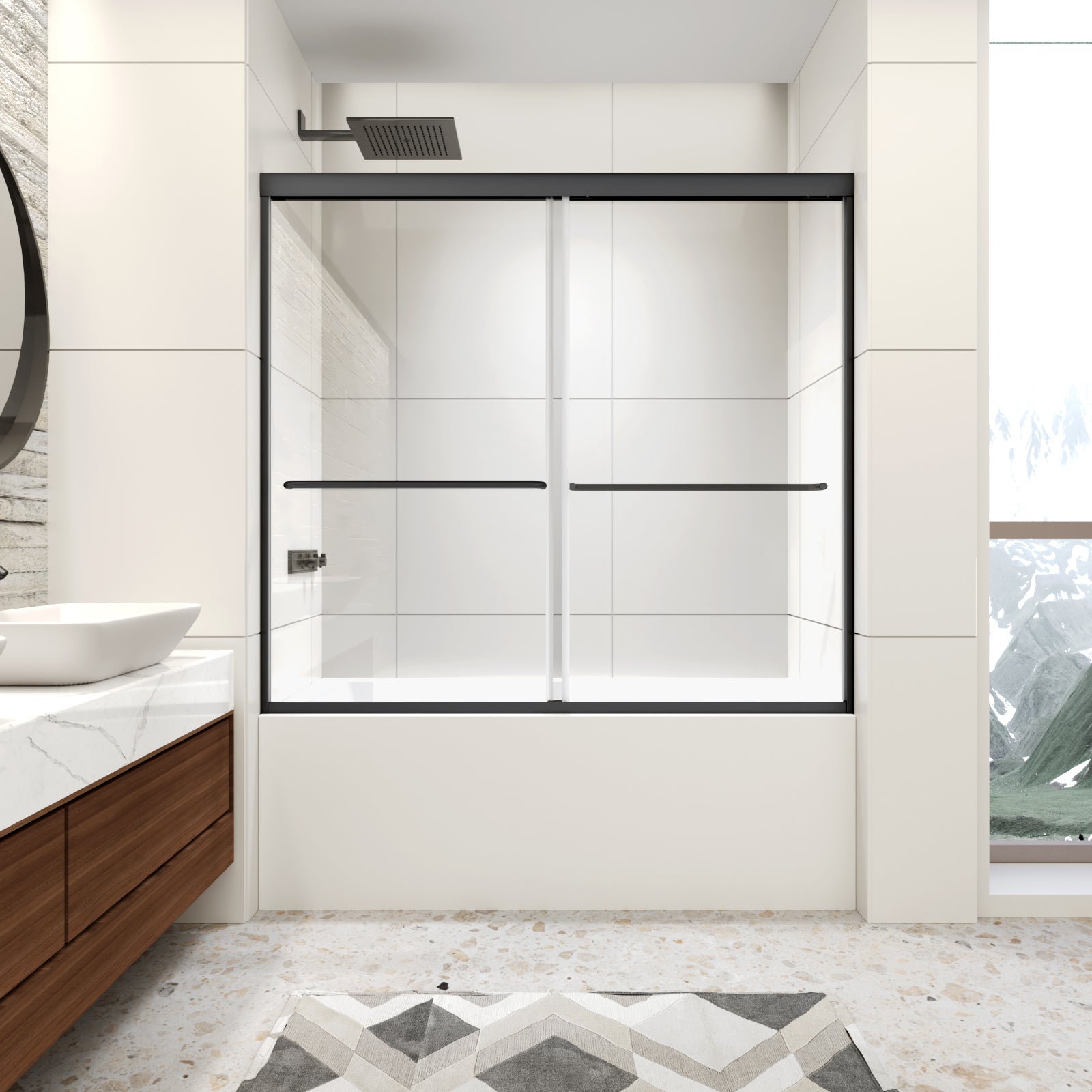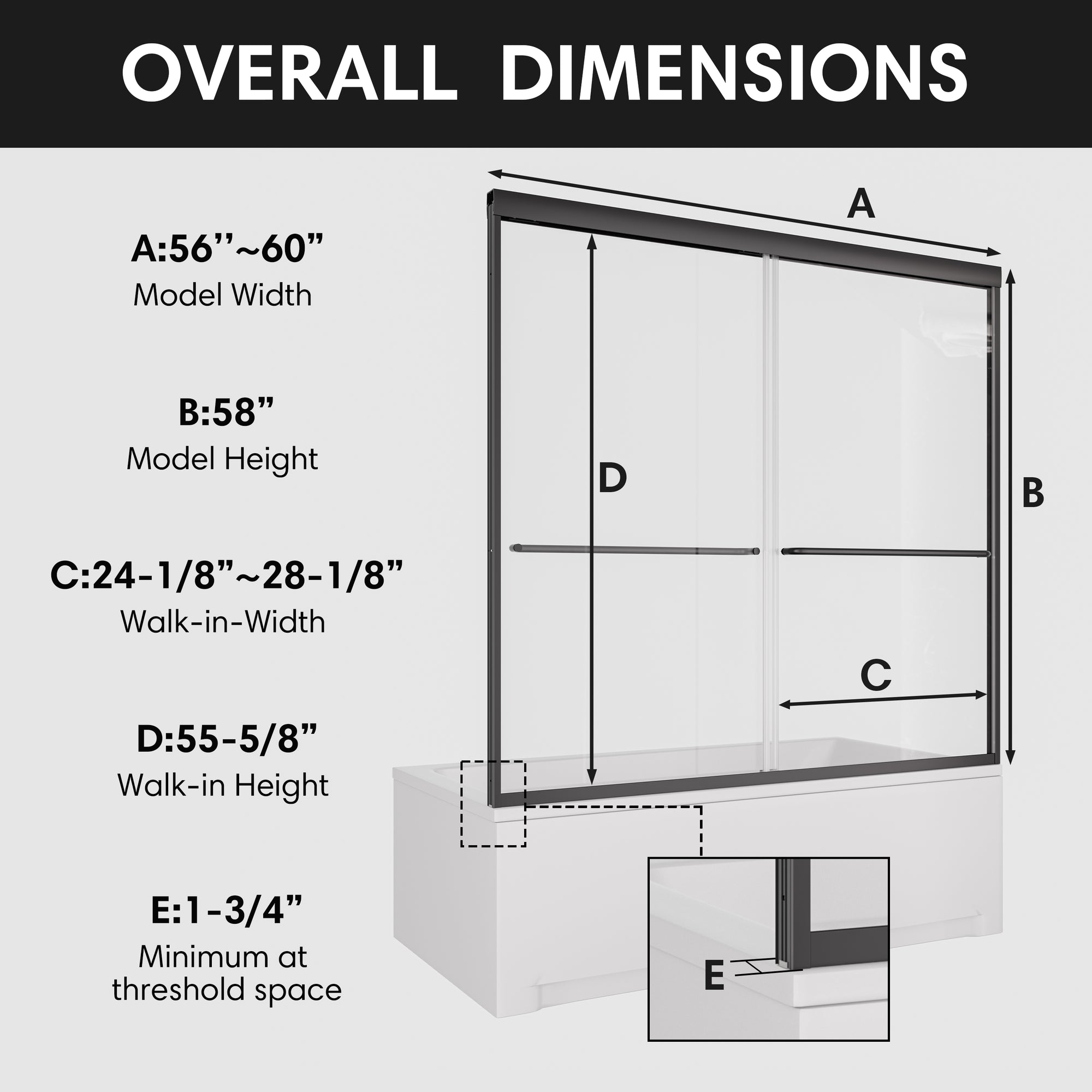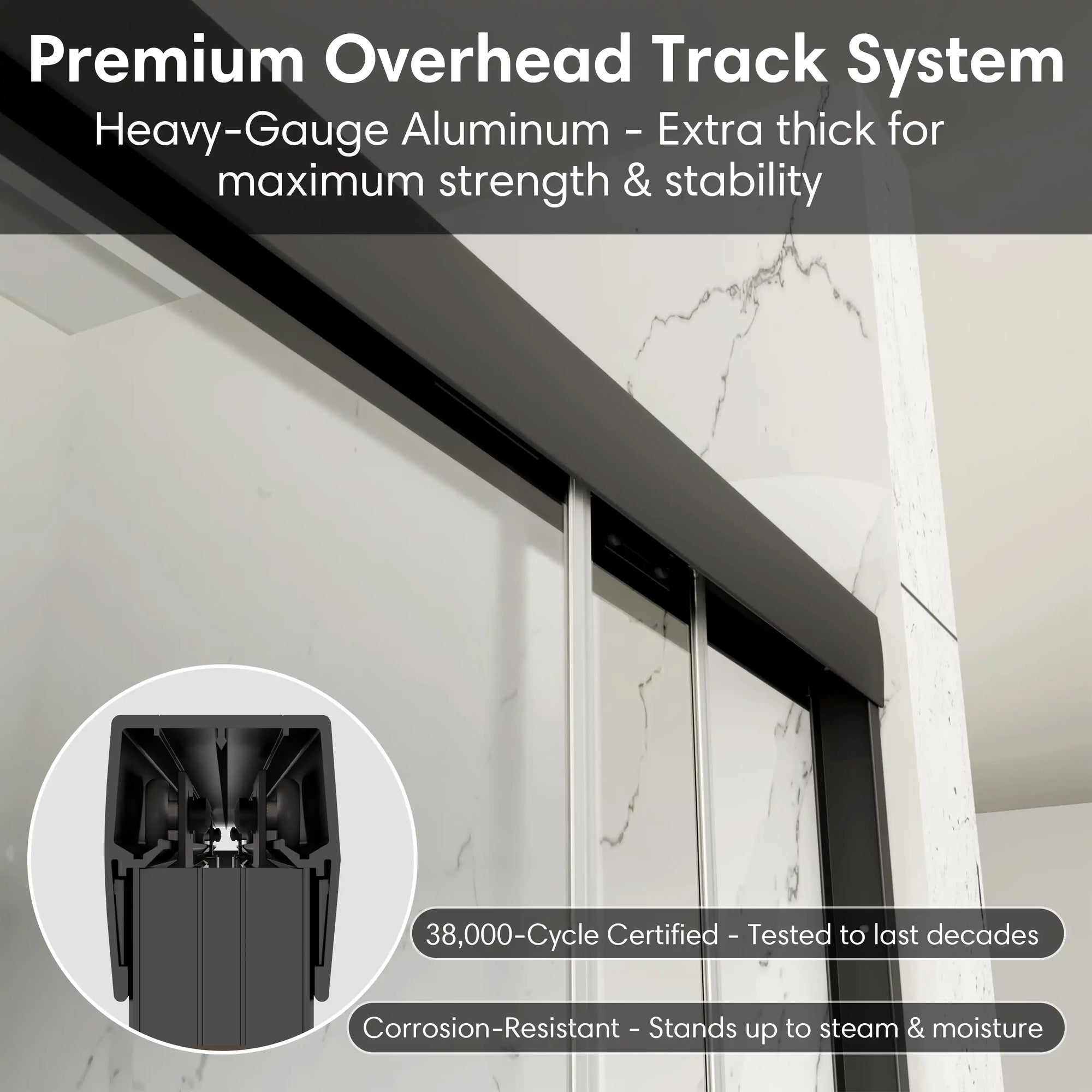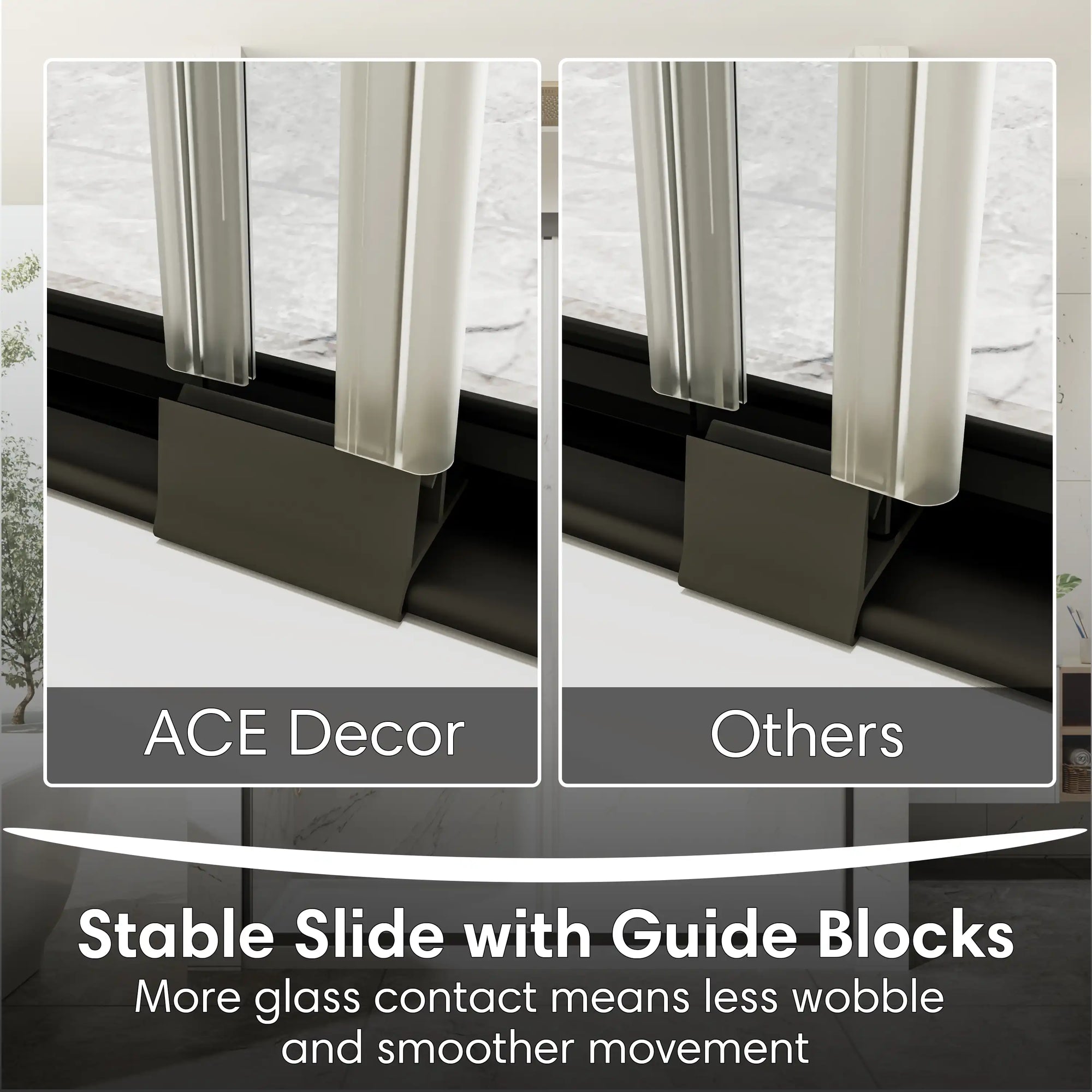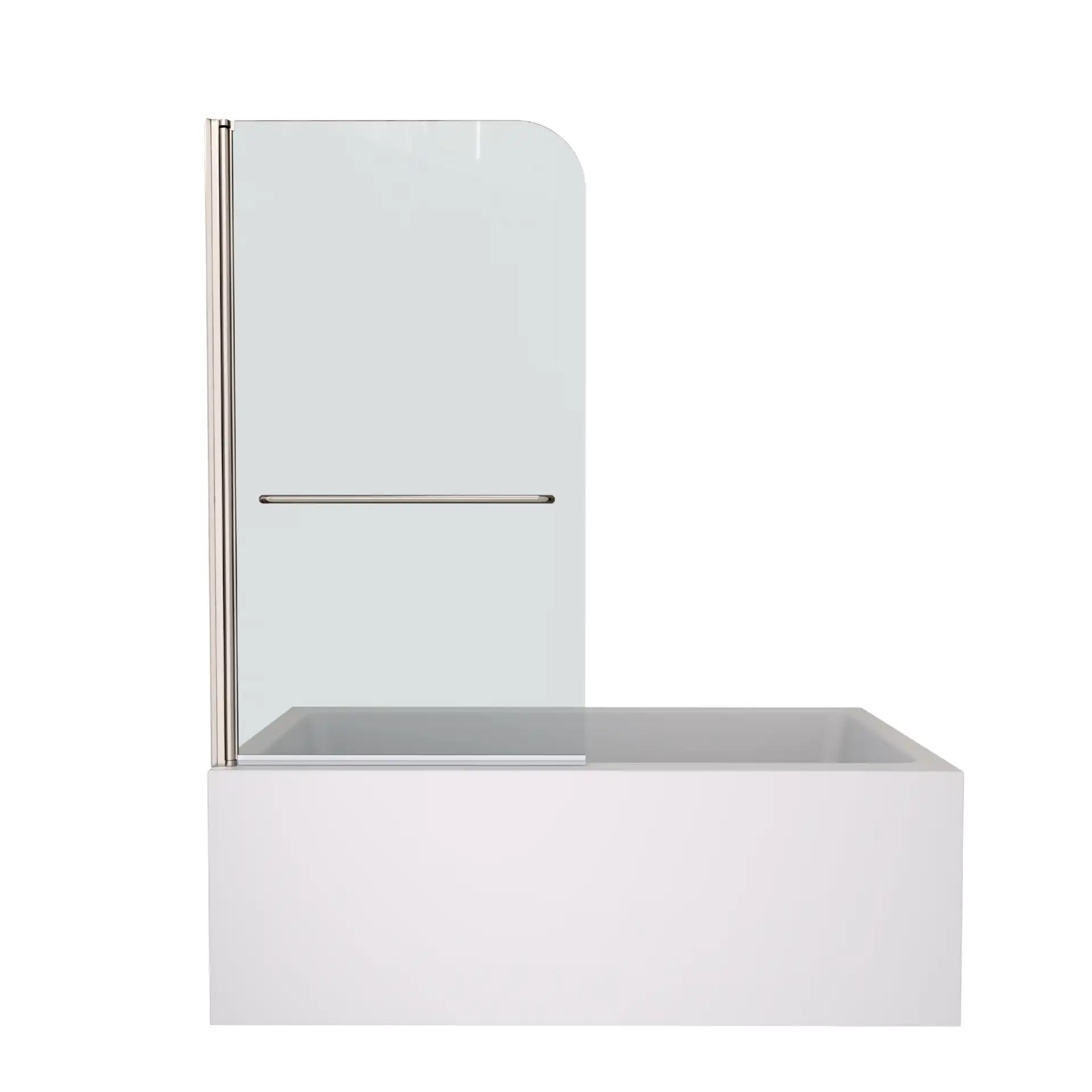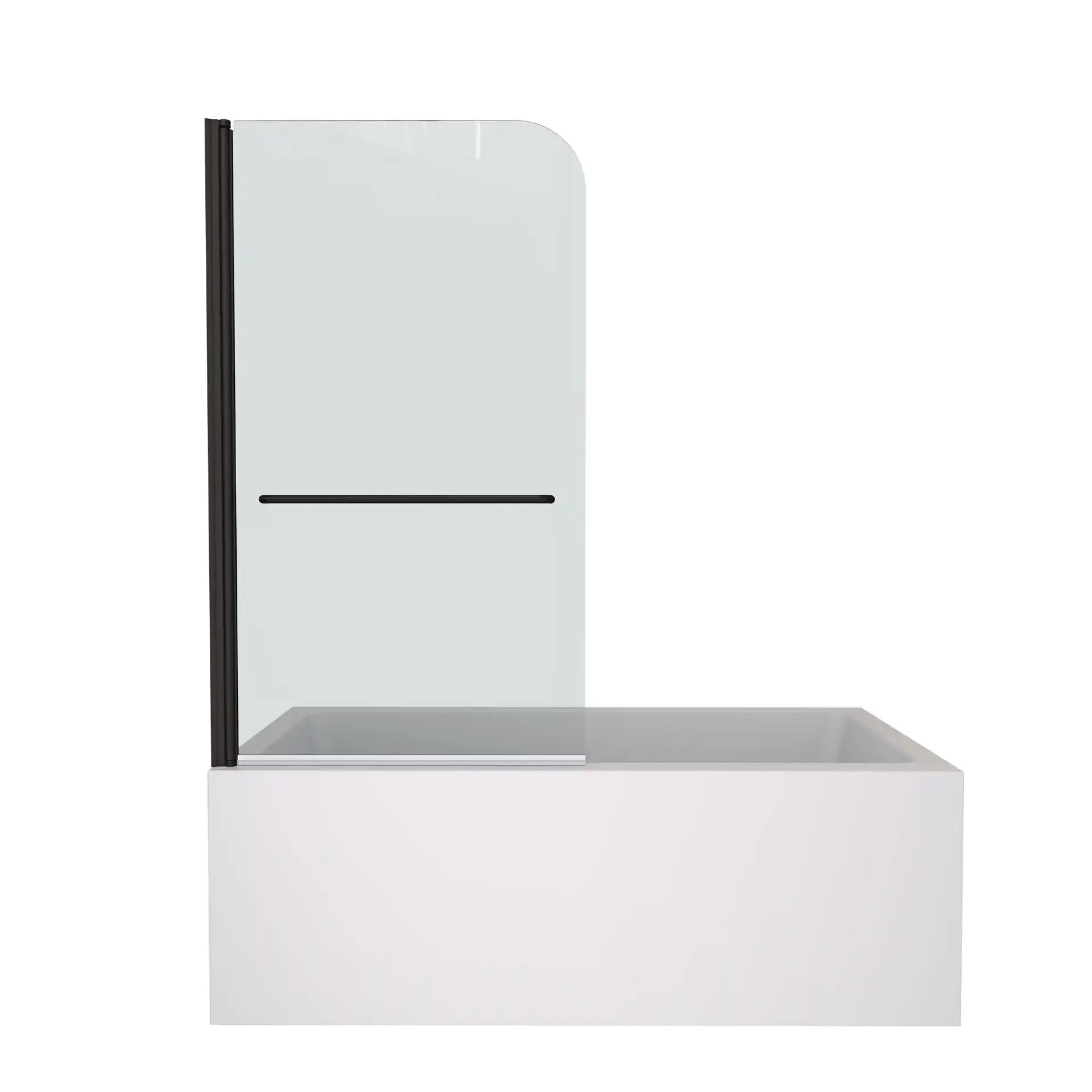In this guide, we take a look at the advantages and disadvantages of opting for a vintage alcove bathtub, covering aspects from aesthetics and durability to potential hidden costs, and what alternatives are available. Whether you’re restoring an older home or just looking for continuous style, this breakdown will help you choose wisely.
Table of Contents:
- Timeless Aesthetic Appeal: Why Vintage Alcove Bathtubs Never Go Out of Style
- Durability & Craftsmanship: Built to Last vs. Modern Alternatives
- The Spa-Like Experience: Comfort You Can't Replicate
- Sustainability Factor: Eco-Friendly Luxury
- Smart Investment or Money Pit? Hidden Costs & Practical Alternatives
- Conclusion: Is a Vintage Alcove Bathtub Right for You?
- FAQ
Timeless Aesthetic Appeal: Why Vintage Alcove Bathtubs Never Go Out of Style
A retro alcove bathtub is more than a functional fixture; it’s a statement piece. These tub designs add a hint of nostalgia and elegance in any bathroom, instantly. Unlike their mass-produced modern-counterpart tubs, vintage models can have handcrafted details — delicate feet, rolled rims or hand-painted accents — that feel one of a kind.
What makes them so enduring? Design versatility. A vintage alcove bathtub easily accommodates many décor styles—if you’re hoping for traditional, farmhouse or even modern-meets-vintage. Not only do these bathtubs never go out of style, they actually become more desirable with age — often becoming the centerpiece of the room.
If you want to bring some character to your bathroom, few choices can compare with the timeless appeal of a well-maintained vintage alcove bathtub.

Durability & Craftsmanship: Built to Last vs. Modern Alternatives
In terms of longevity, vintage alcove bathtubs are the gold standard. These weren’t just made—they were designed for generational wealth, frequently created in an age when artisans trained for their craft instead of rushing production lines. The materials do the talking: the hefty cast iron cores enrobed in shiny porcelain enamel, a nearly indestructible surface that chuckles at scratches and renders things yellow-free while aging with a brilliant, brand-new sheen decade after decade.
Contrast that with today’s lightweight acrylic or fiberglass tubs — easy to install, sure, but also prone to flexing, surface cracks, and dulling over time. Ever wonder why that vinyl record lasts longer than a streaming subscription? The same logic applies in this case.
Yes, vintage tubs are not to be trifled with — their weight is notorious. But the weight of the structures is indicative of their substance. Structural reinforcements or professional installation might be required, but think of it as the price you pay for owning what is essentially bathroom armor.

The Spa-Like Experience: Comfort You Can't Replicate
One step into a vintage alcove bathtub, and you’ll immediately see how modern designs pale by comparison — this isn’t bathing; it’s hydrotherapy made art. As soon as you settle in that deep, generous basin, you notice the difference. Unlike the compressed, shallow depths of many modern tubs, vintage styles cradle the body with elegant, sloping lines that come up to your shoulders and lock you in all the way to your toes. Every contour is deliberate: the rolled rim acts as a place to rest your neck, the inward-sloping sides cocoon you, and the traditional up straight back means you can recline at a moment’s notice, with no slouching or sliding.
And then the magical business of holding heat. A cast iron fixture’s density functions as a kind of thermal battery, gradually releasing heat to keep water steamy for the length of your soak (no more adding hot water in the middle of a bath). It’s the difference between a quick shower and a real, meditative ritual — one that slows time, releases taut muscles and washes away the outside world.
And now let’s speak about the sound of silence. You don’t get the hollow “ping” of acrylic when you shift or set down a glass; instead, there’s a satisfying, muted solidity that reinforces their premium feel. Add candlelight, a sprinkle of bath salts and you have yourself a five-star escape — no resort reservation necessary.

Sustainability Factor: Eco-Friendly Luxury
For those committed to sustainability, an antique alcove bathtub is one of the best choices you can make. Purchasing a reclaimed or refurbished model decreases the need for new manufacturing, cuts down landfill waste and saves a little piece of history.
Also, since these bathtubs last for decades (or even centuries) with care, you won’t have to replace them as frequently as cheaper modern options, which tend to crack or discolor after just a few years.
For homeowners longing for luxury with a conscience, a vintage alcove bathtub is an investment in both style and sustainability.

Smart Investment or Money Pit? Hidden Costs & Practical Alternatives
Before you toss your Rubber Ducky in a vintage alcove bathtub, however, it’s important to consider some potential drawbacks:
Installation & Structural Considerations — Because of their weight, additional support may be needed under there floor.
Refinish – If they haven’t already been restored, professional reglazing can drive up the cost.
Plumbing Reworking – Older fittings may not be compatible with new systems.
If those are deal breakers, consider high-quality reproductions that are made with modern materials that replicate vintage aesthetics — and that are easier to install.
After all, a vintage alcove bathtub is an investment worth the price for those who appreciate artistry, durability and timeless luxury — but if you’re more inclined toward function, there are alternatives.

Conclusion: Is a Vintage Alcove Bathtub Right for You?
An antique or vintage alcove bathtub isn’t simply a functional bathroom fixture, however; it’s also a work of art, a durable heirloom and a sustainable choice. Its higher initial cost and maintenance demands may dissuade some, but as with all things, those who appreciate craftsmanship, comfort and character will not find a more suitable complement to their home.
If you’re prepared to elevate your bathing experience with a piece of history, a thoughtfully selected vintage alcove bathtub may well represent the ideal indulgence.
FAQ
Q: Are vintage alcove bathtubs still usable with modern plumbing?
A: Yes, but adjustments may be needed. Many refurbished models include updated drain systems, or a plumber can install adapters to ensure compatibility.
Q: Do vintage bathtubs require special cleaning products?
A: Avoid harsh abrasives. Mild soap, baking soda, or specialized enamel cleaners work best to maintain longevity.
Q: Can a vintage alcove bathtub fit into a smaller bathroom?
A: Many are space-efficient, especially if placed against a wall. Measure carefully or opt for a compact vintage alcove bathtub with a slimmer profile.
Q: Are there lighter-weight alternatives that look vintage?
Why Bathtub Trays are Essential for Bathroom Enjoyment
